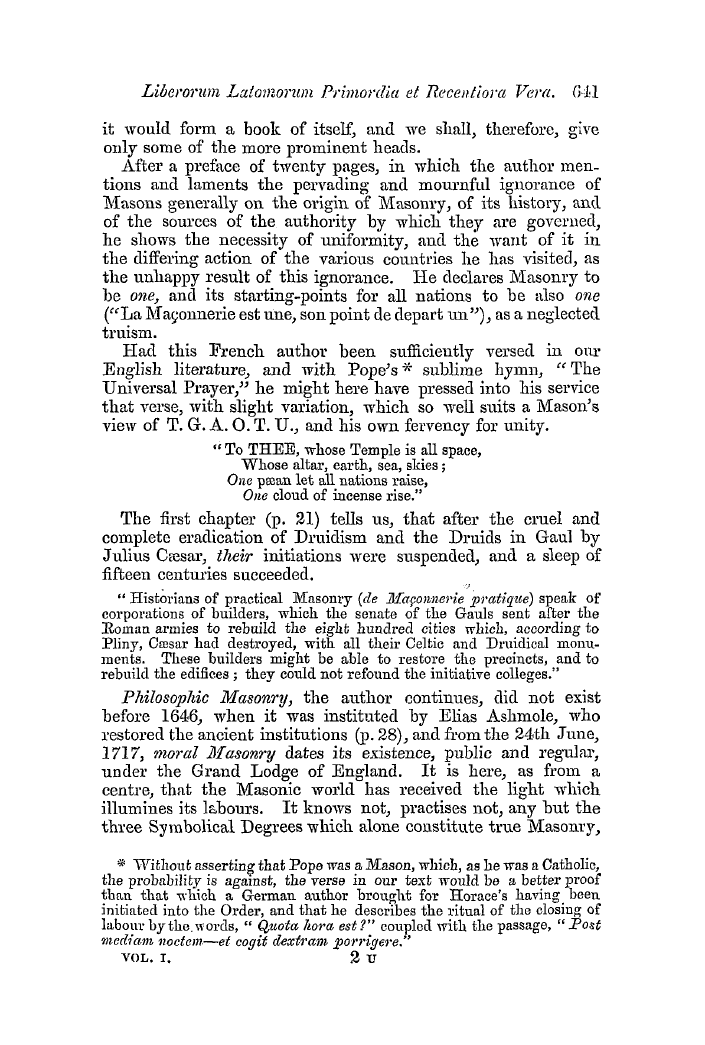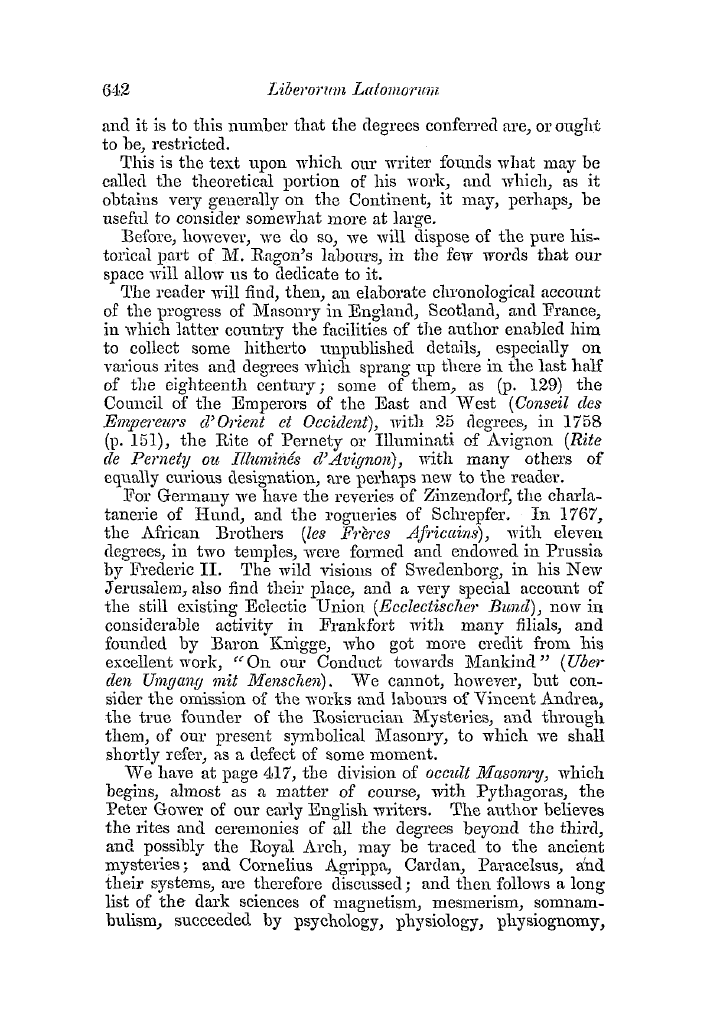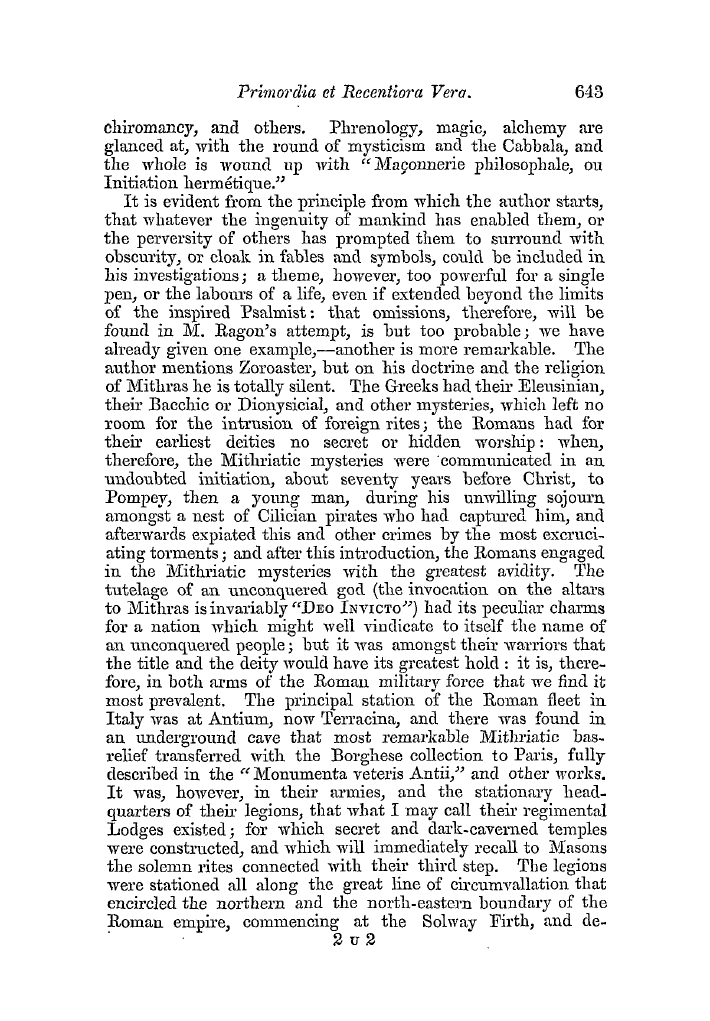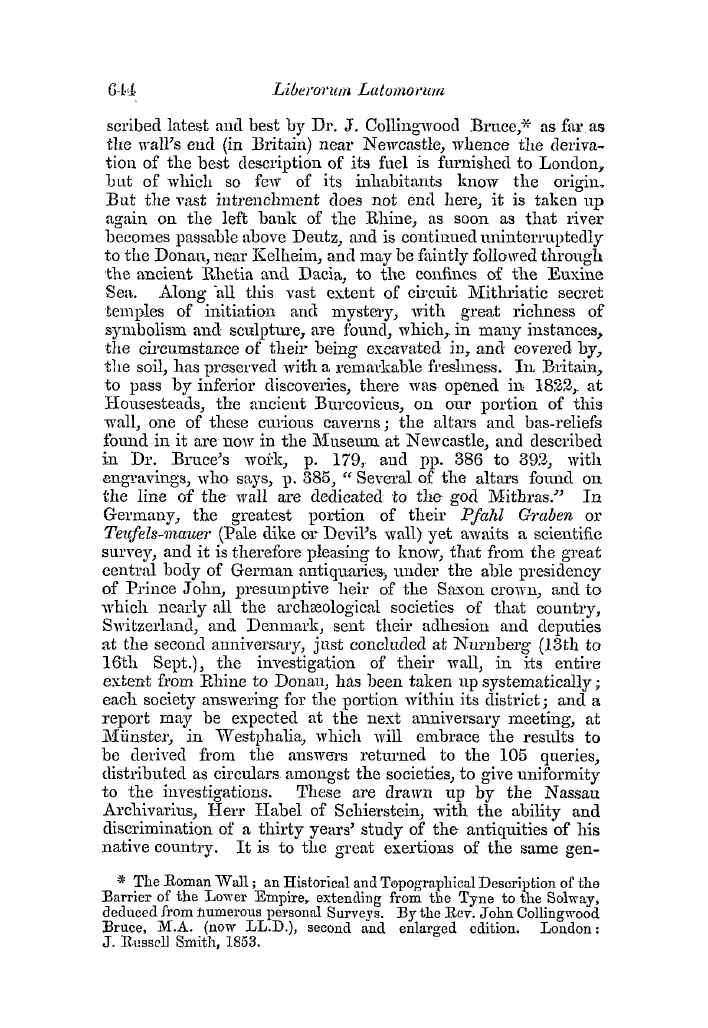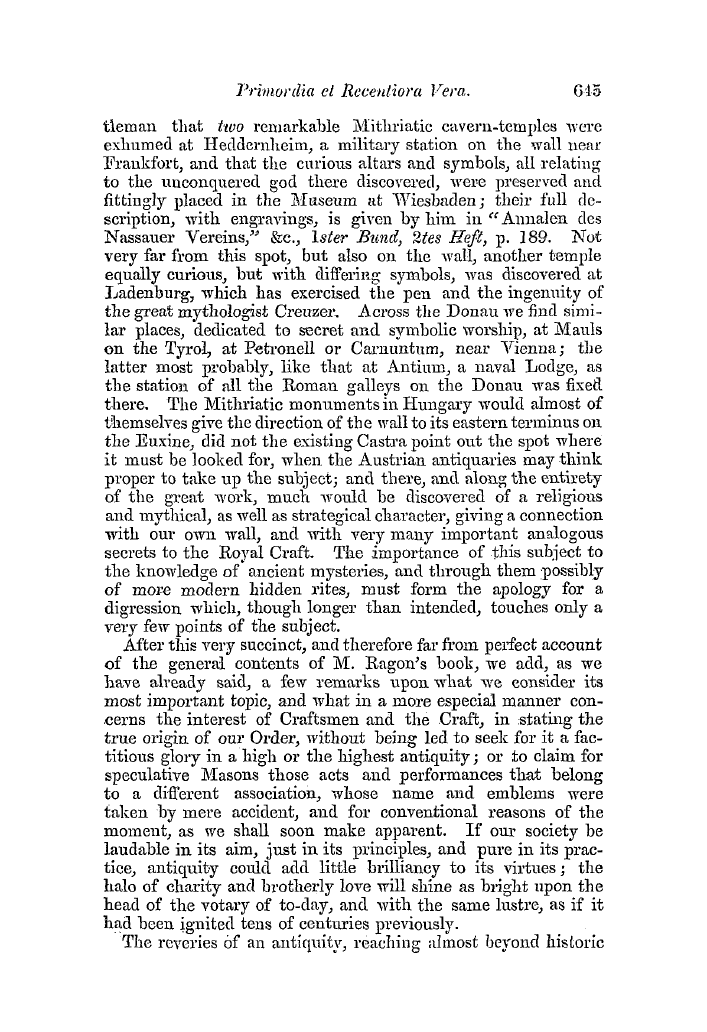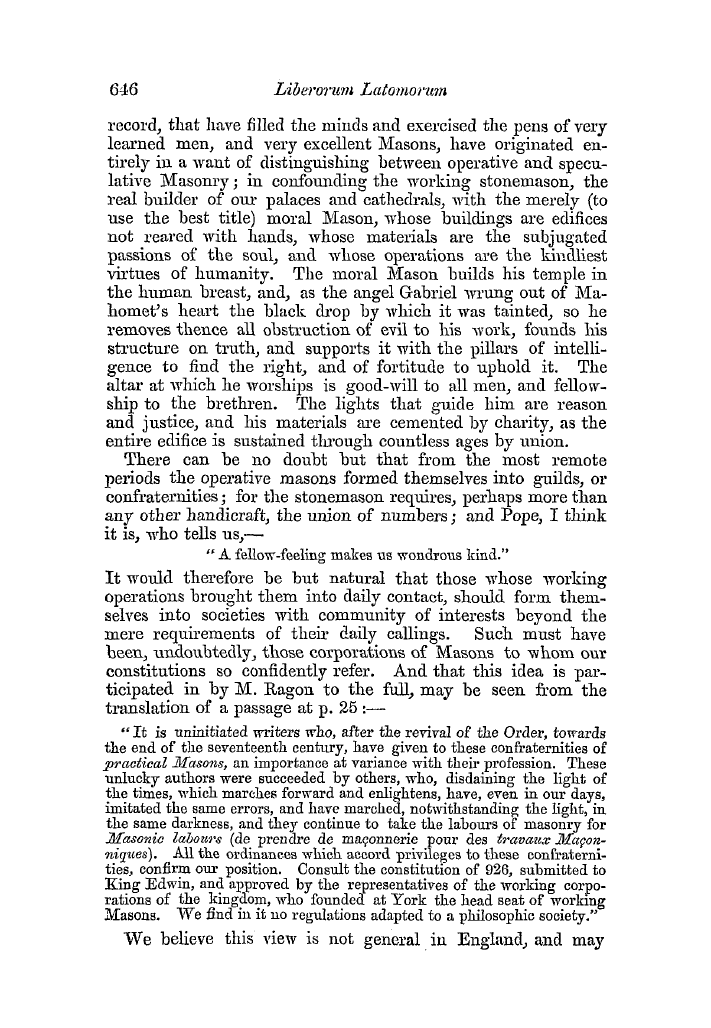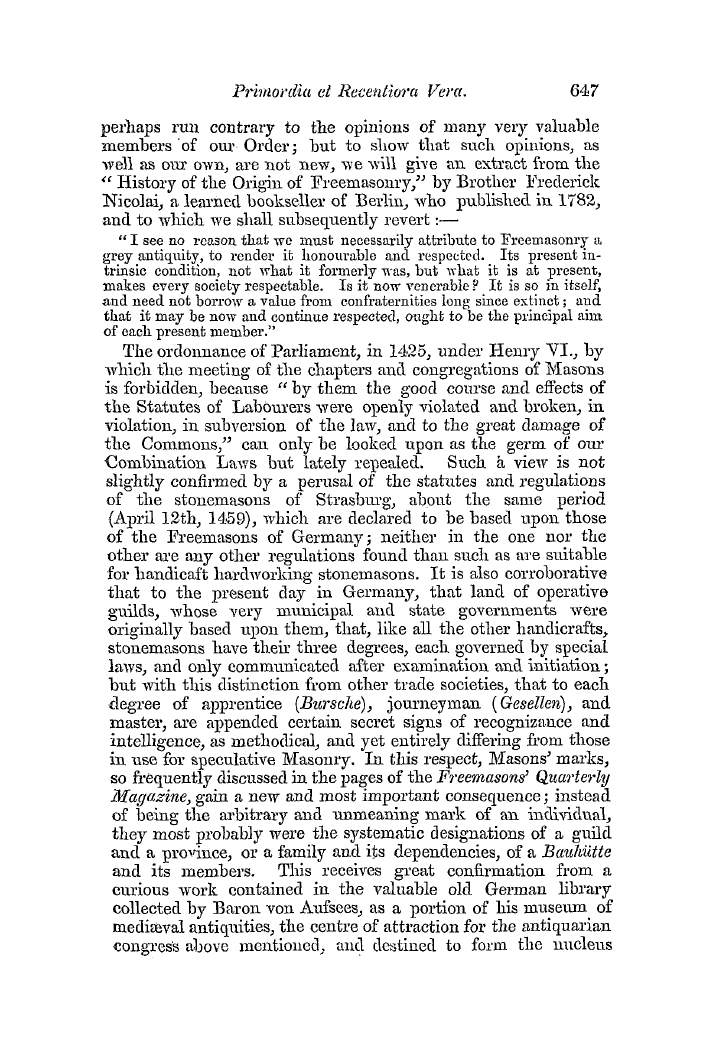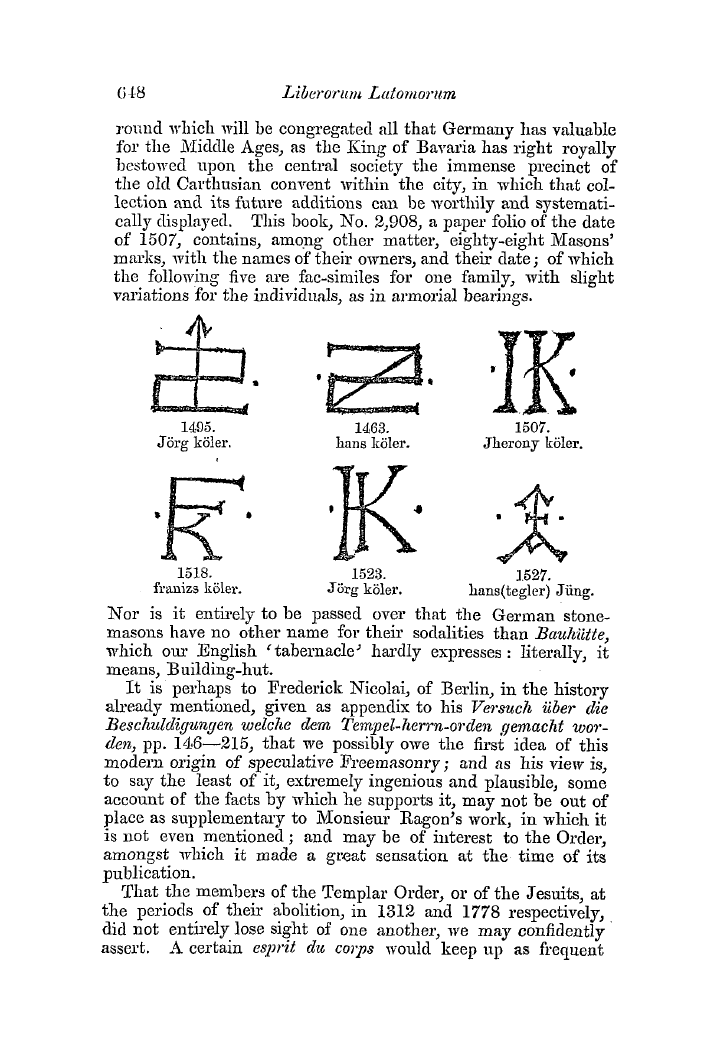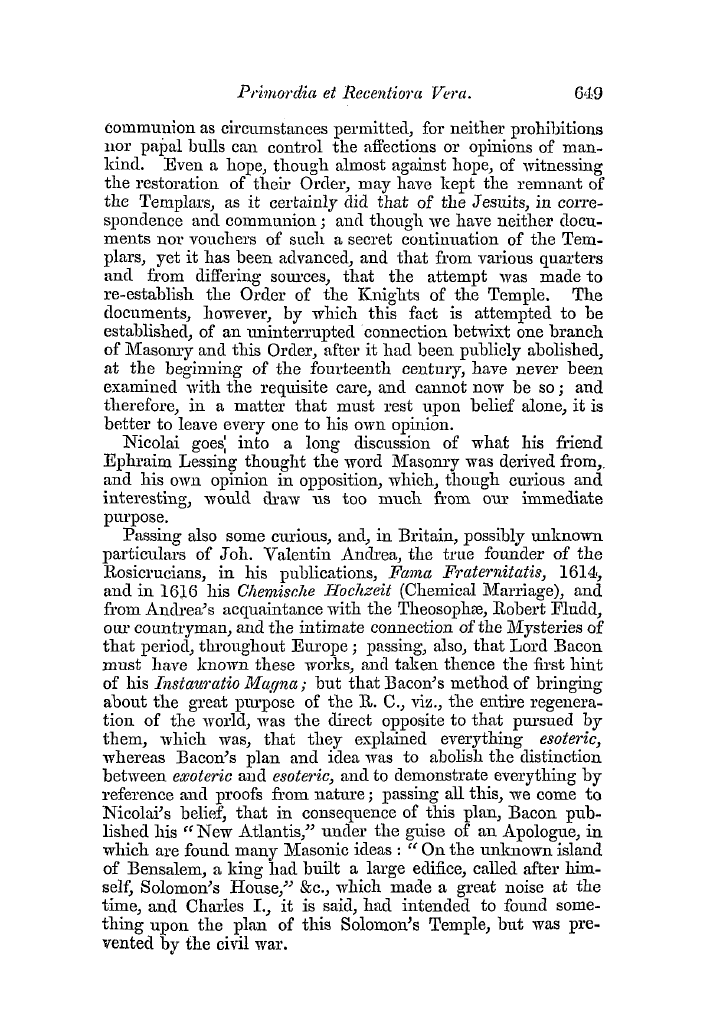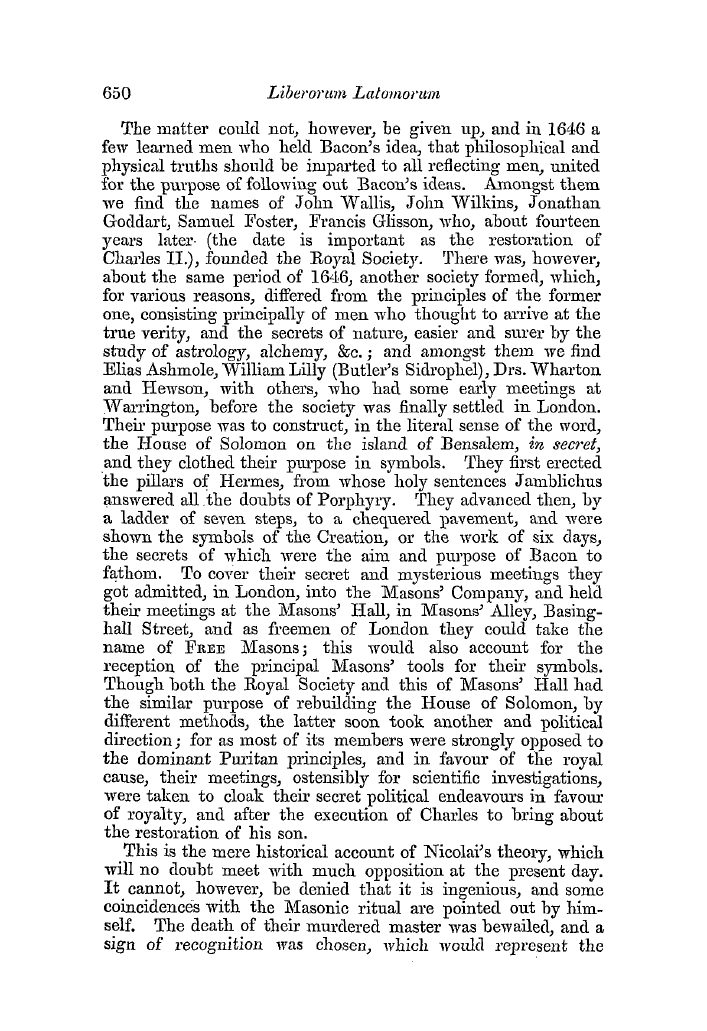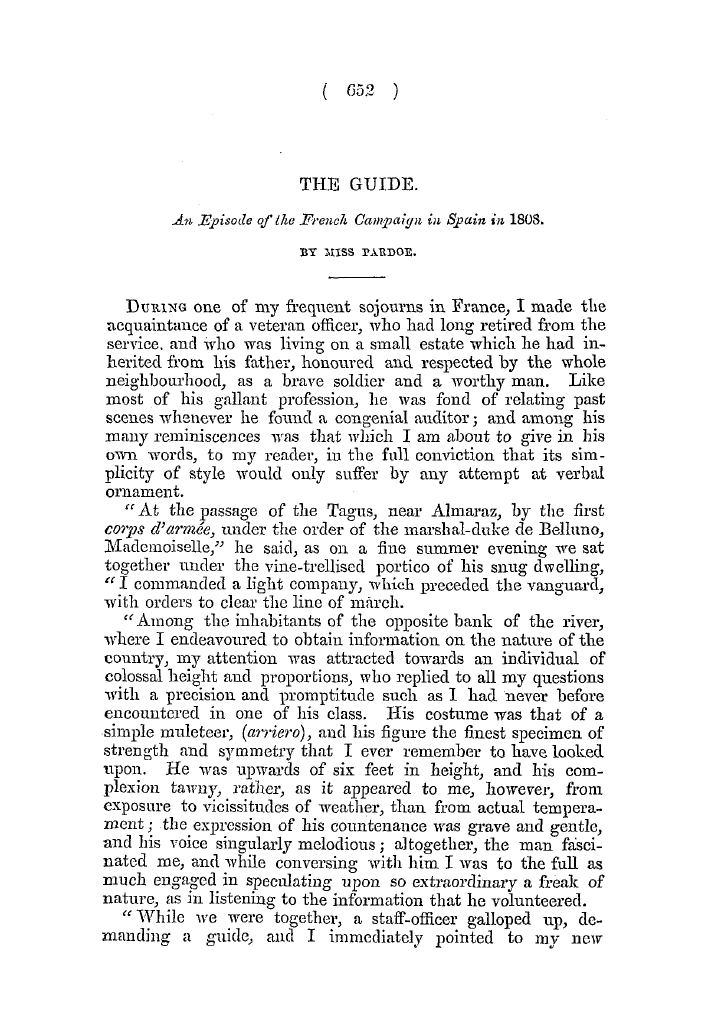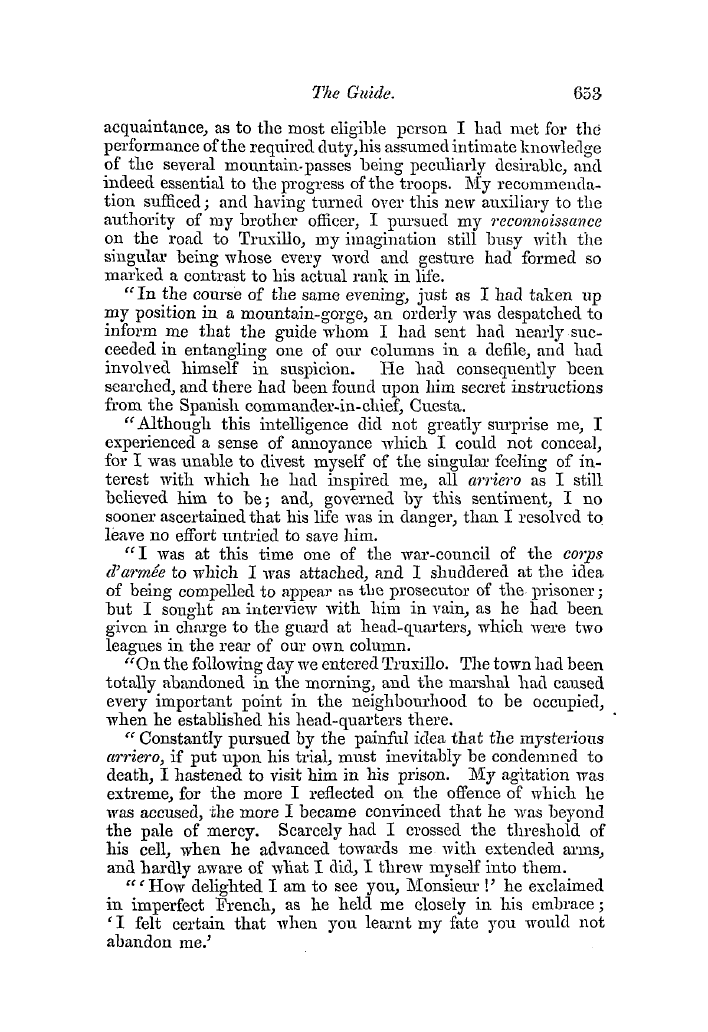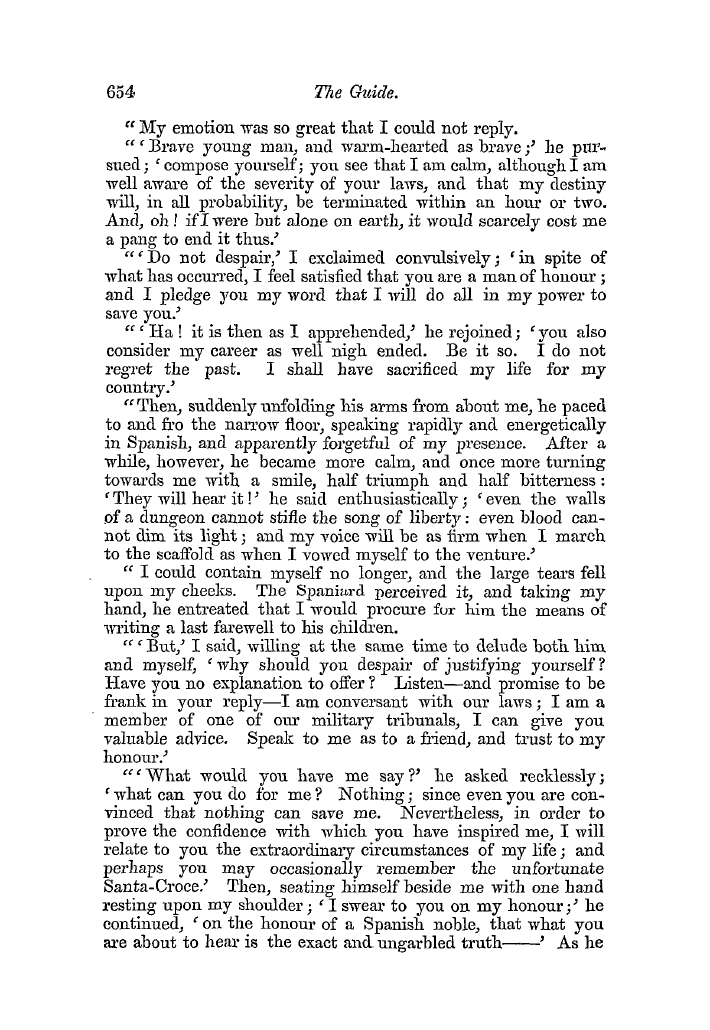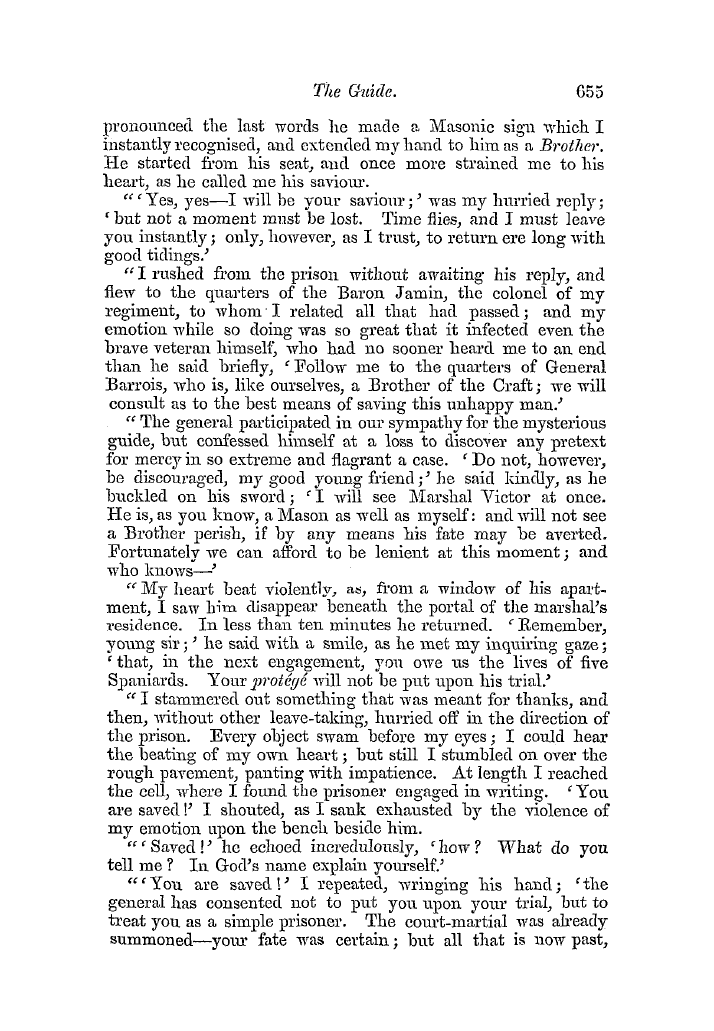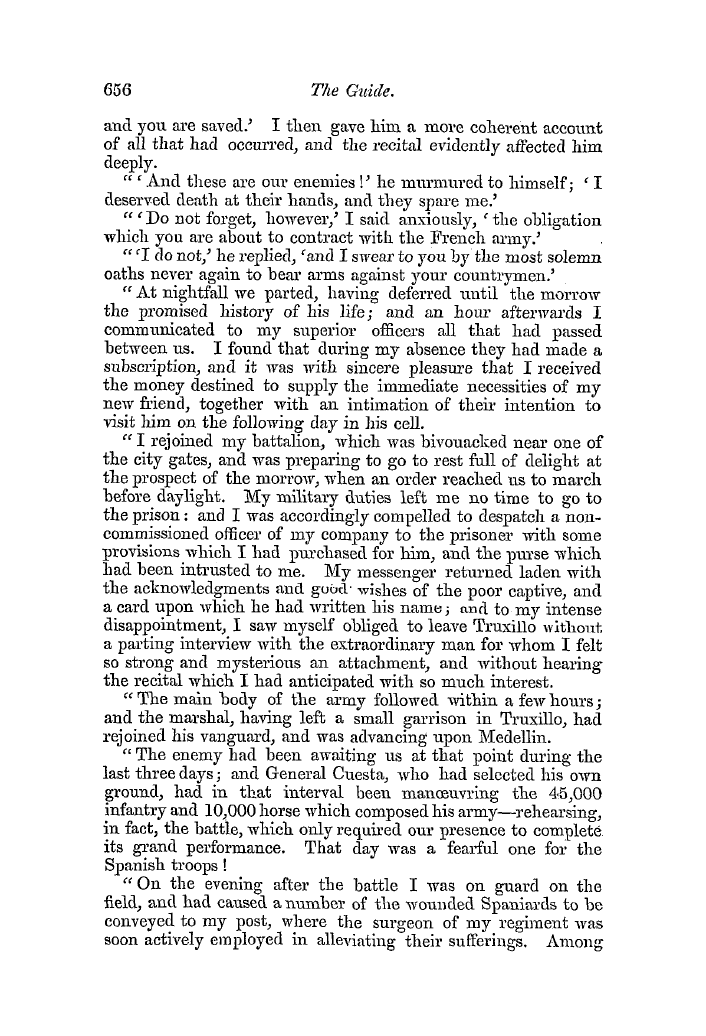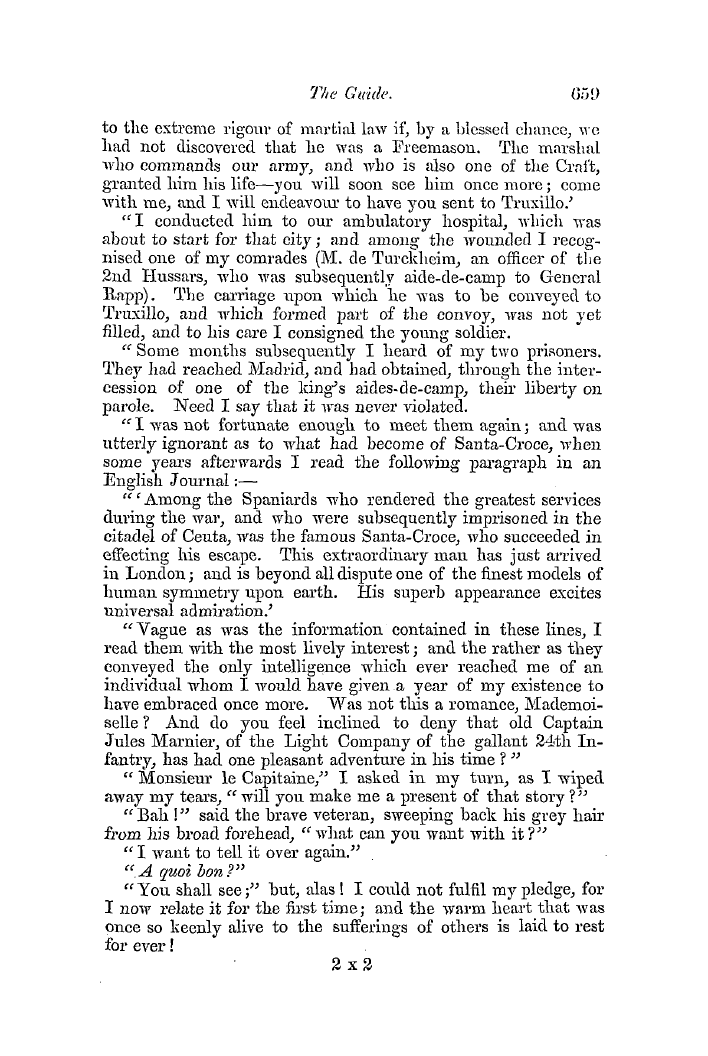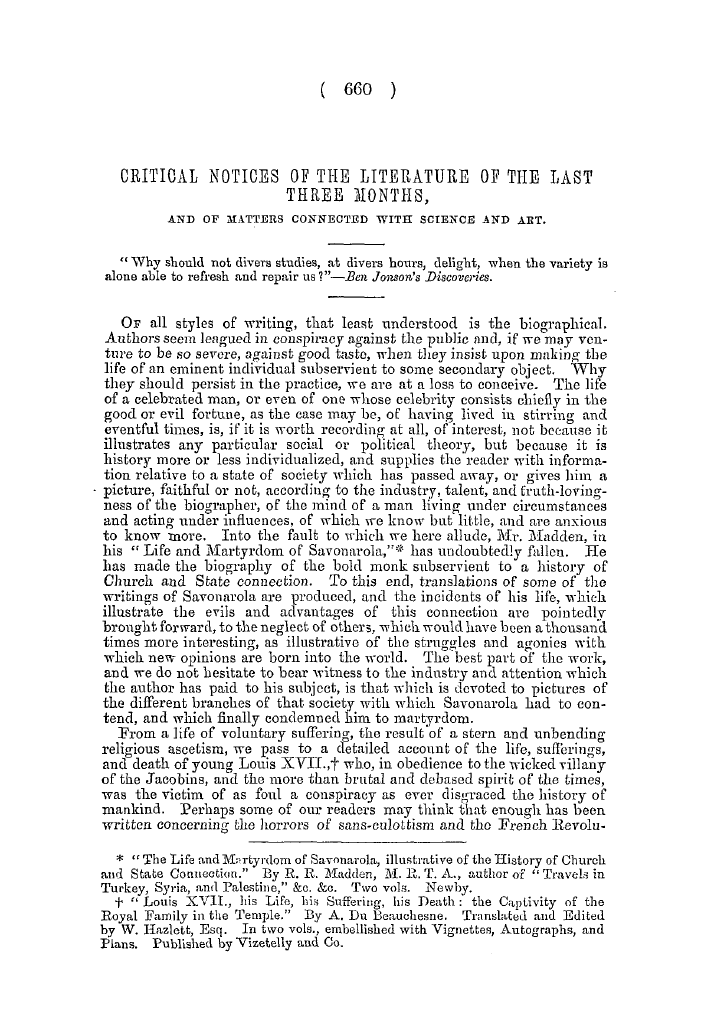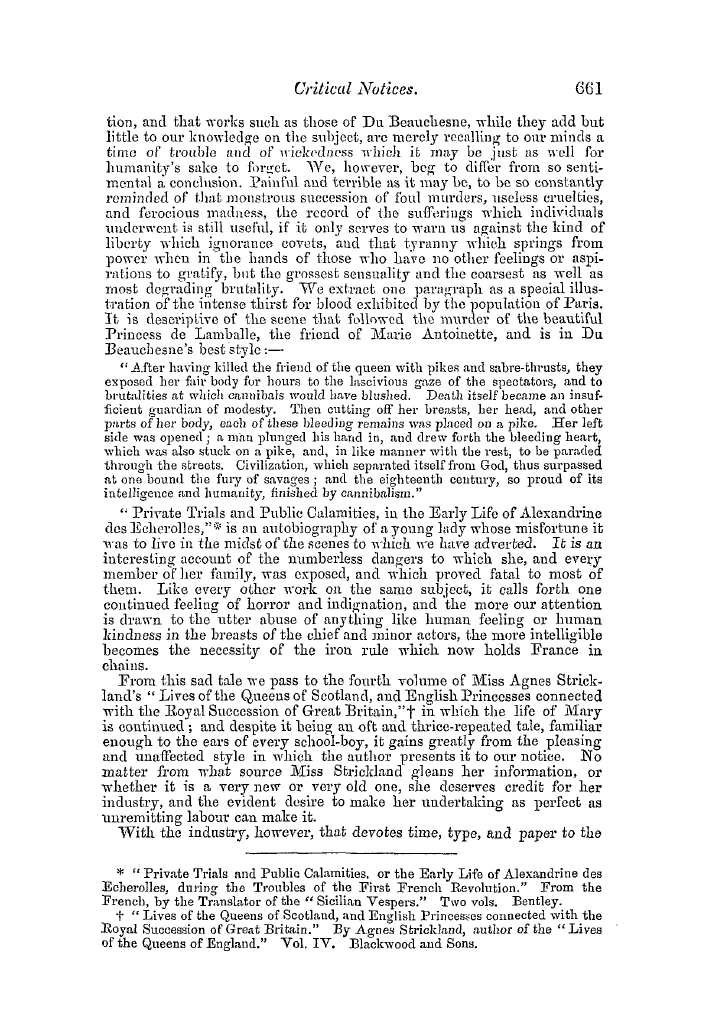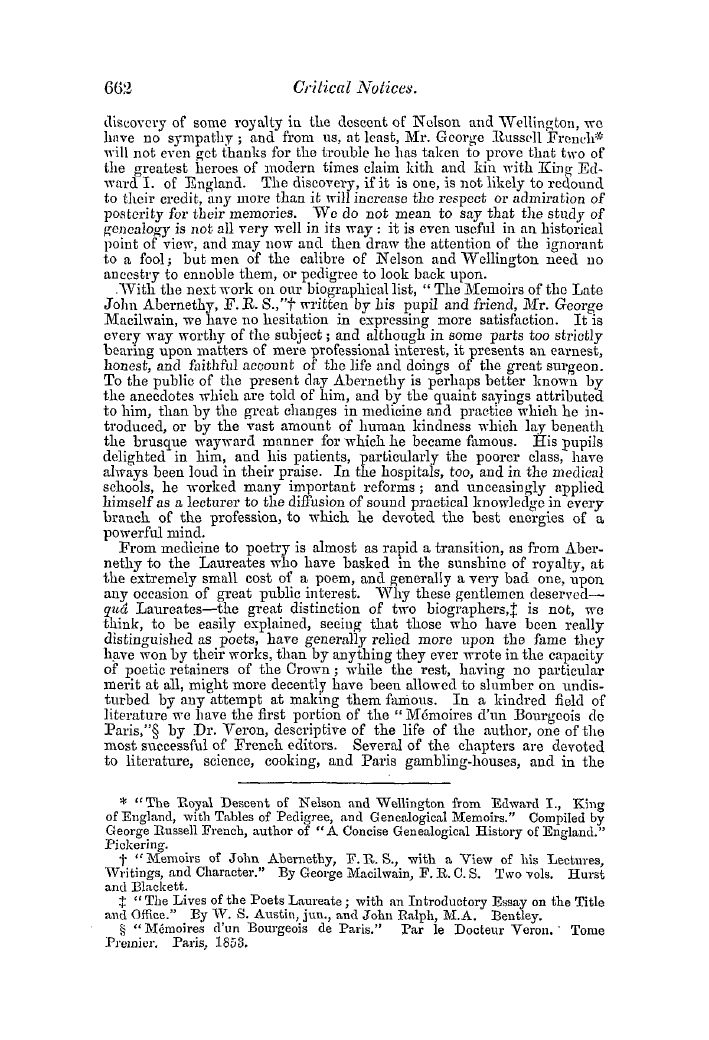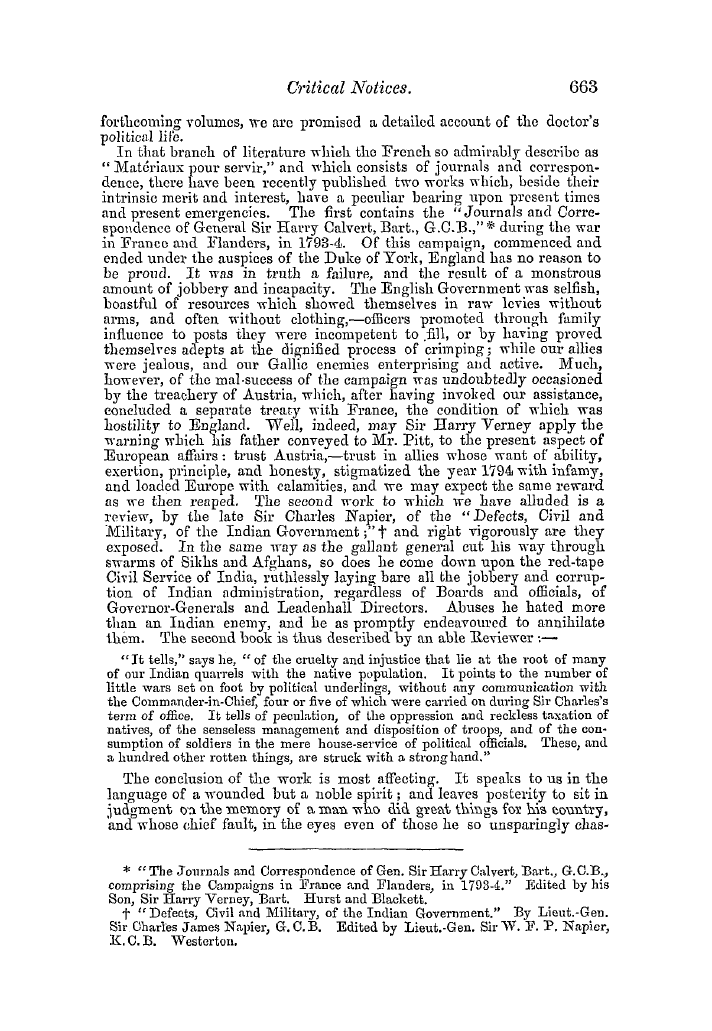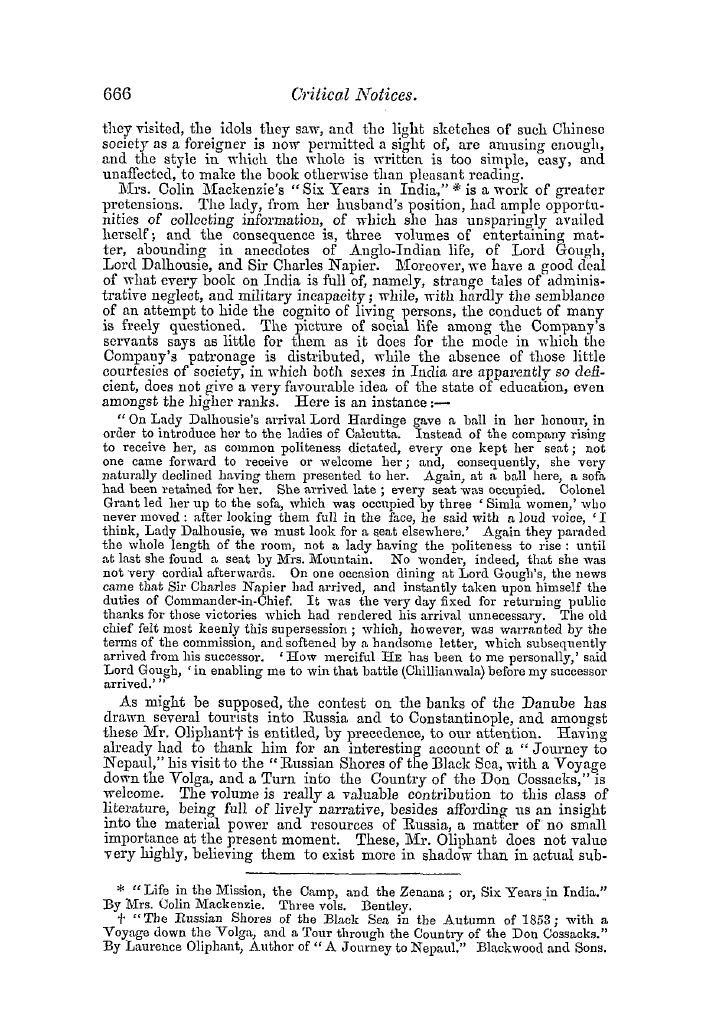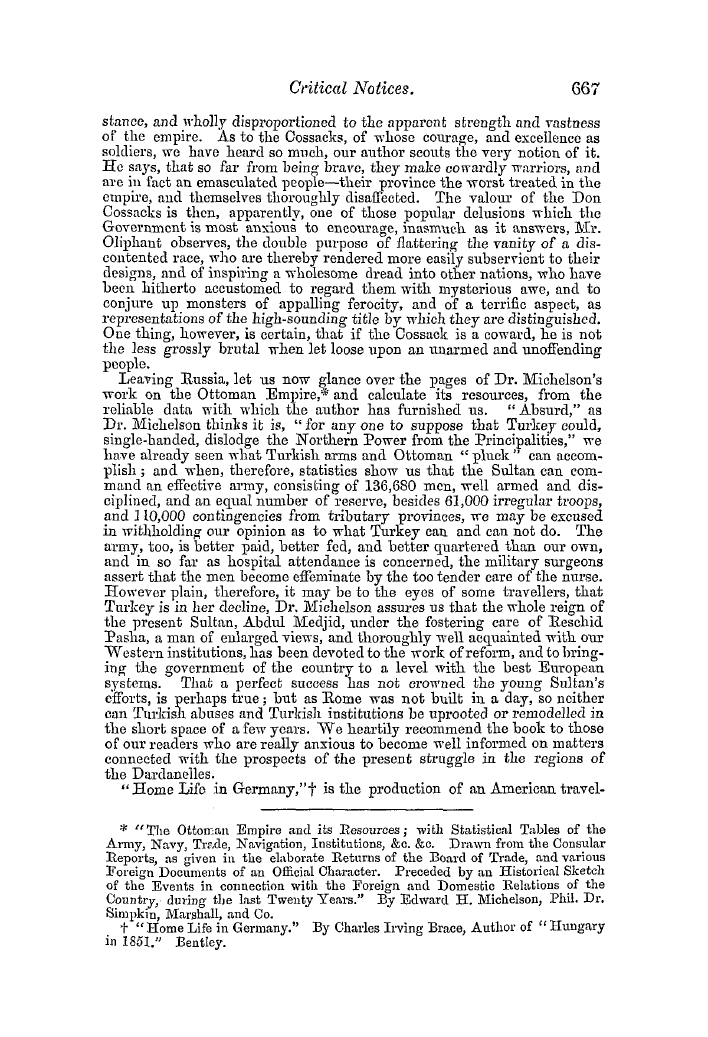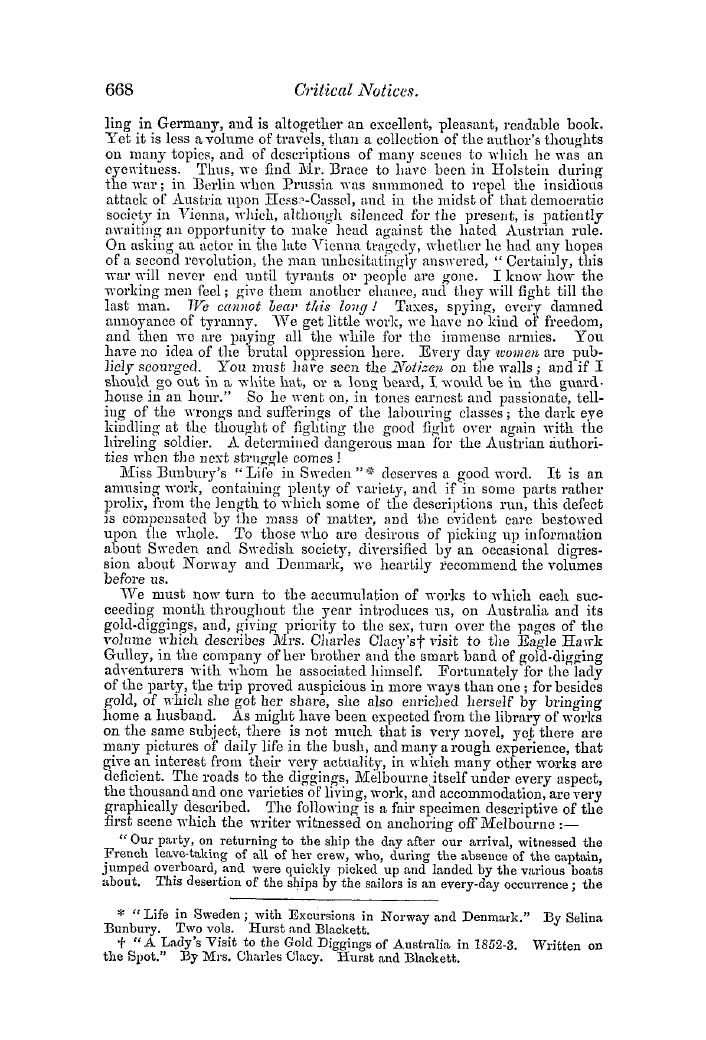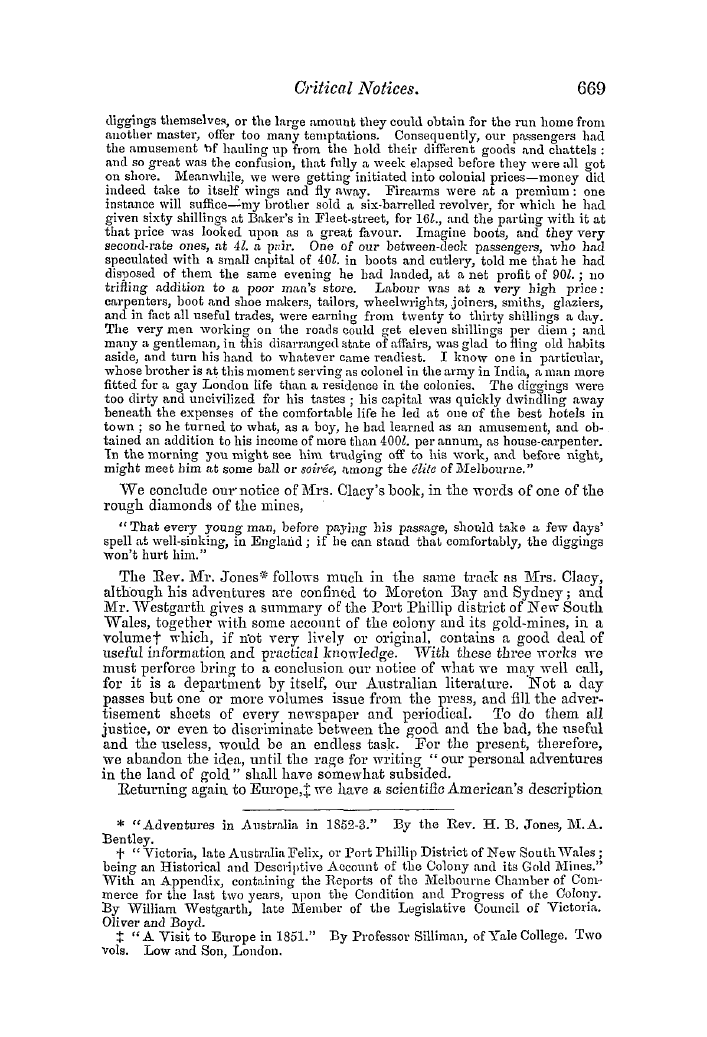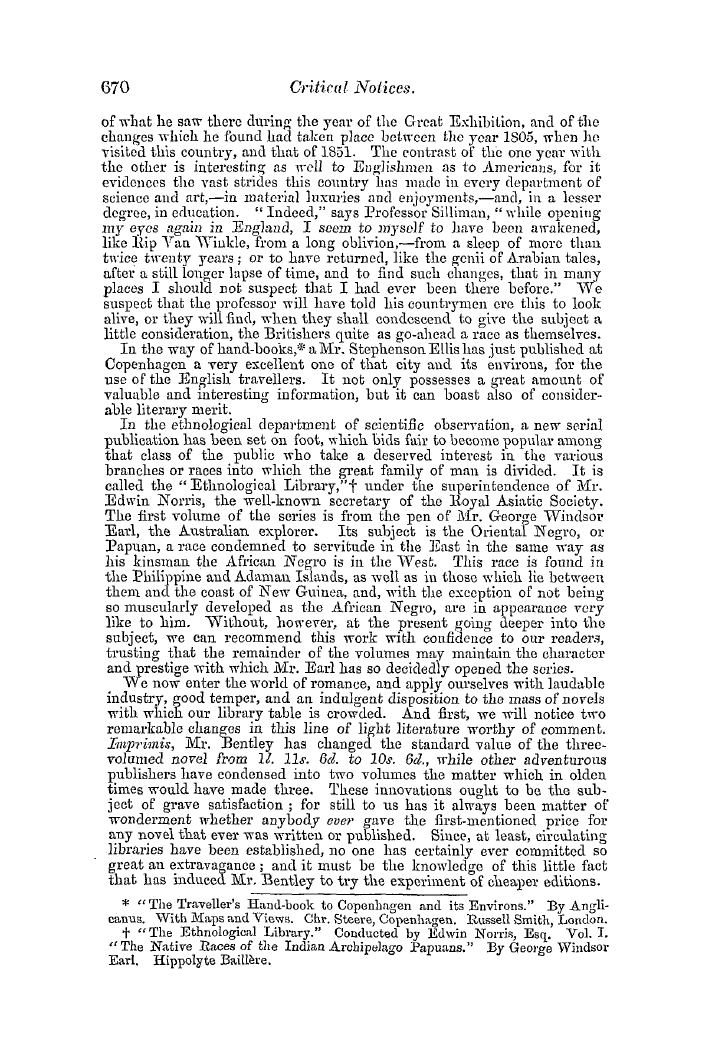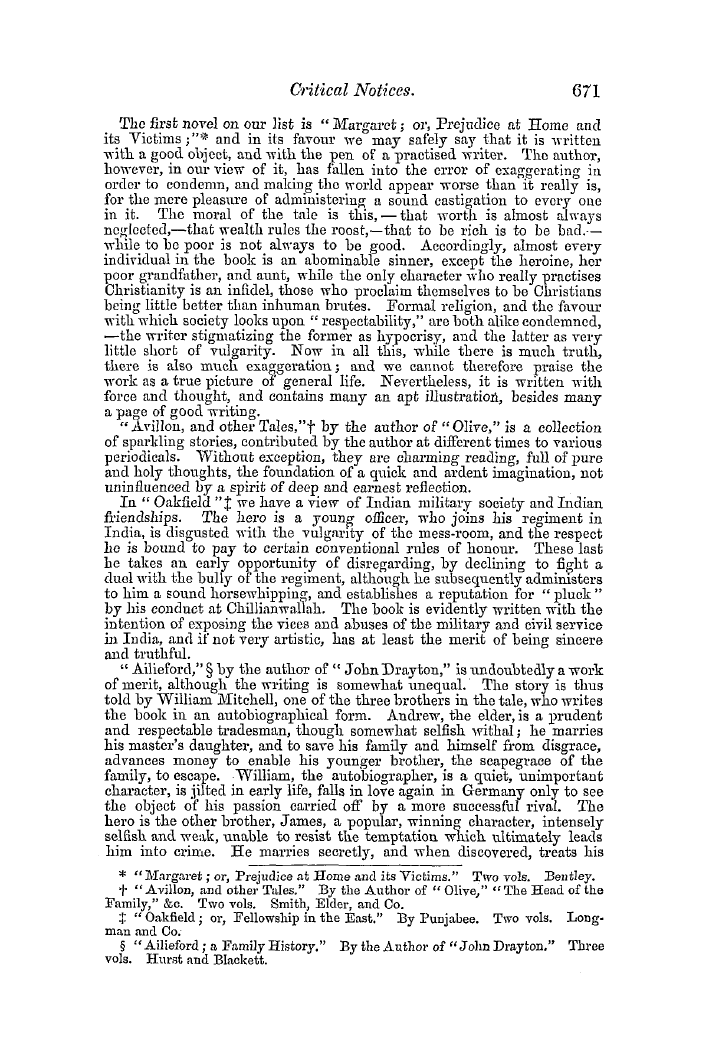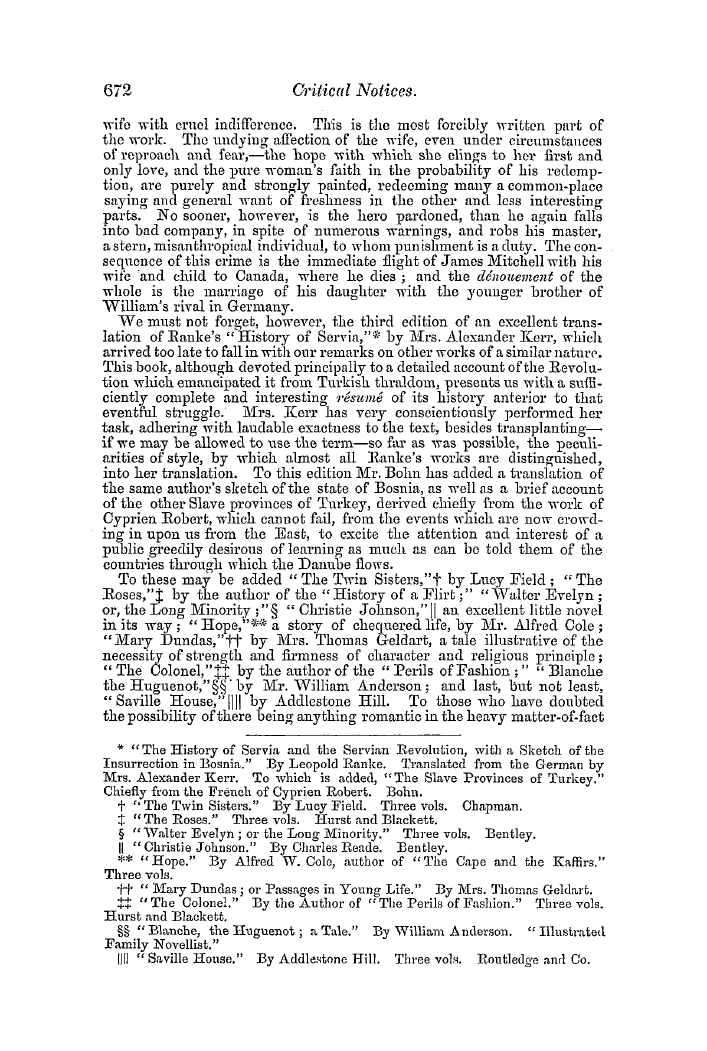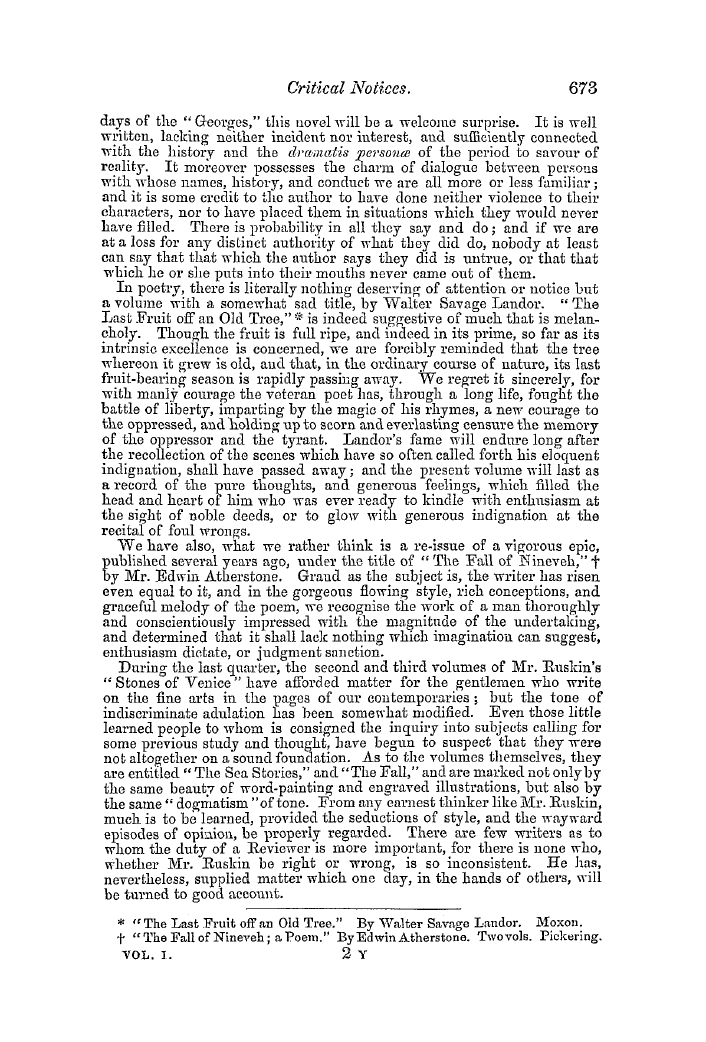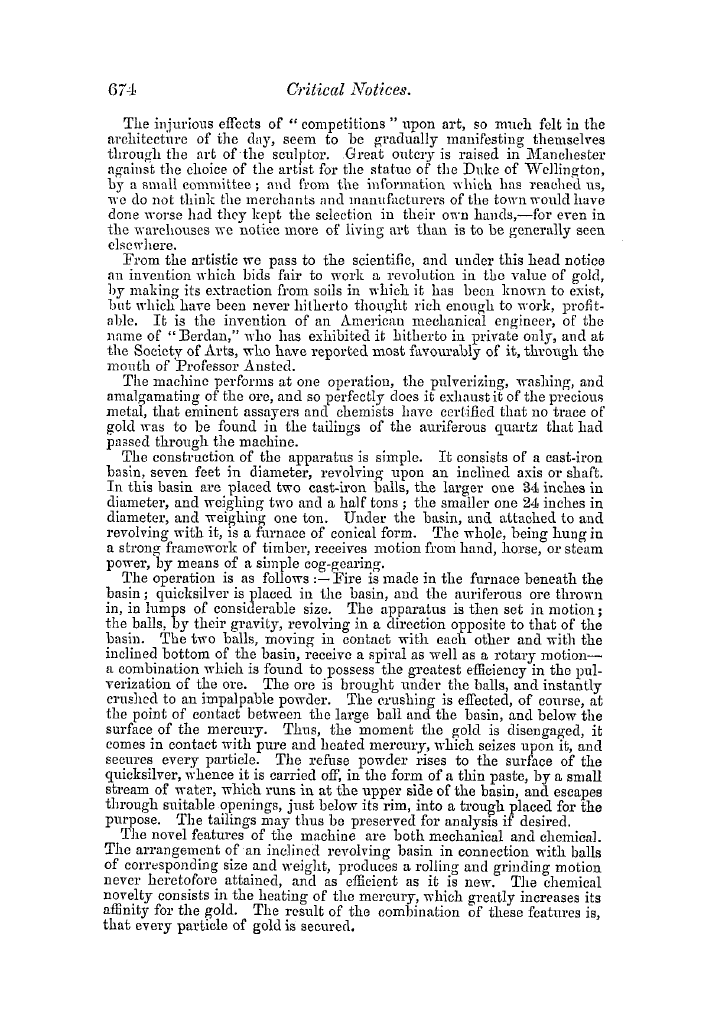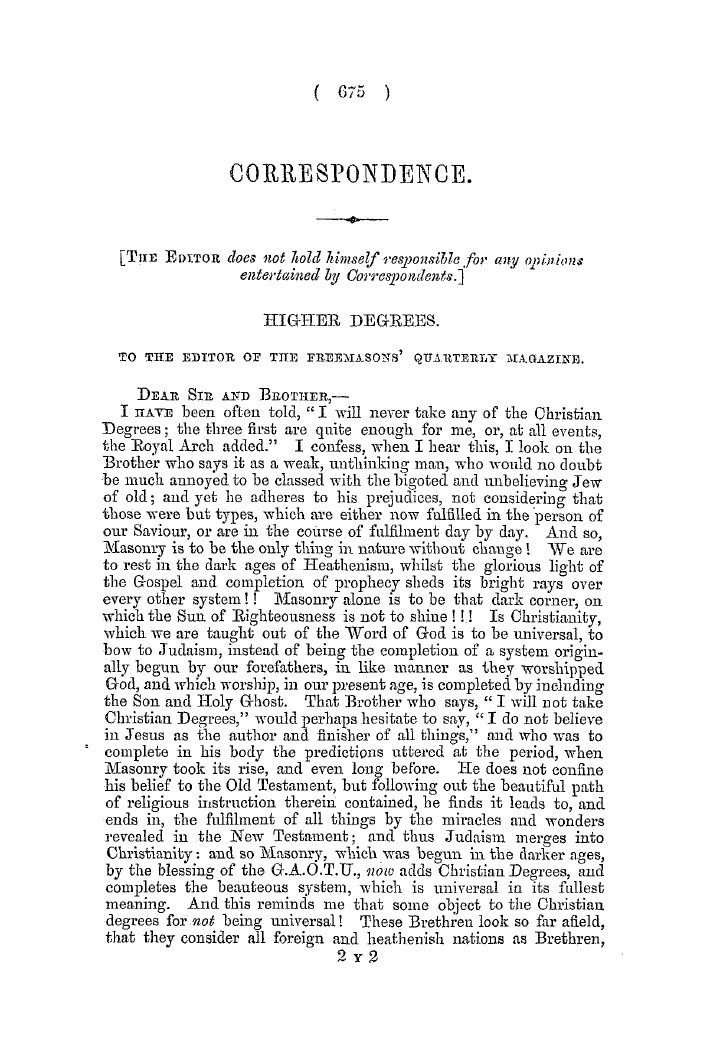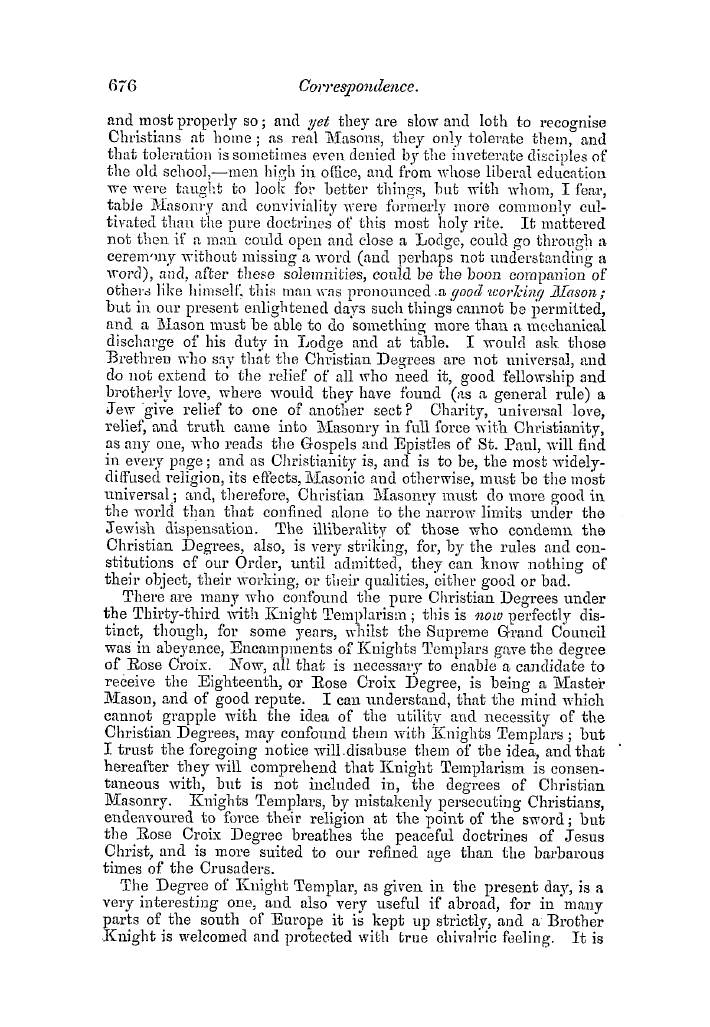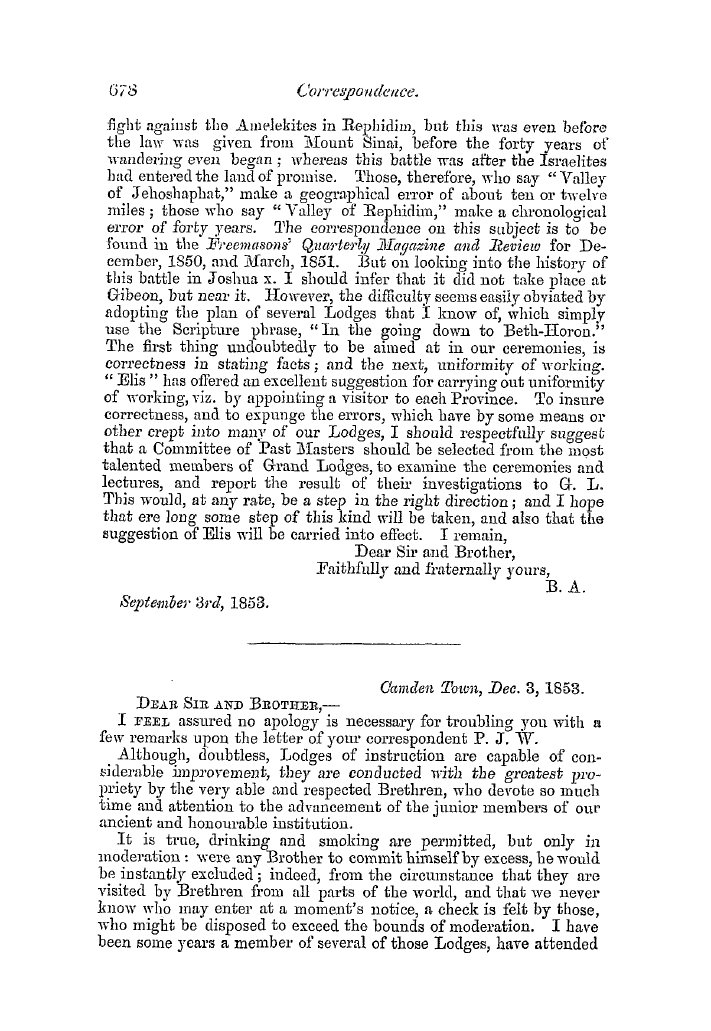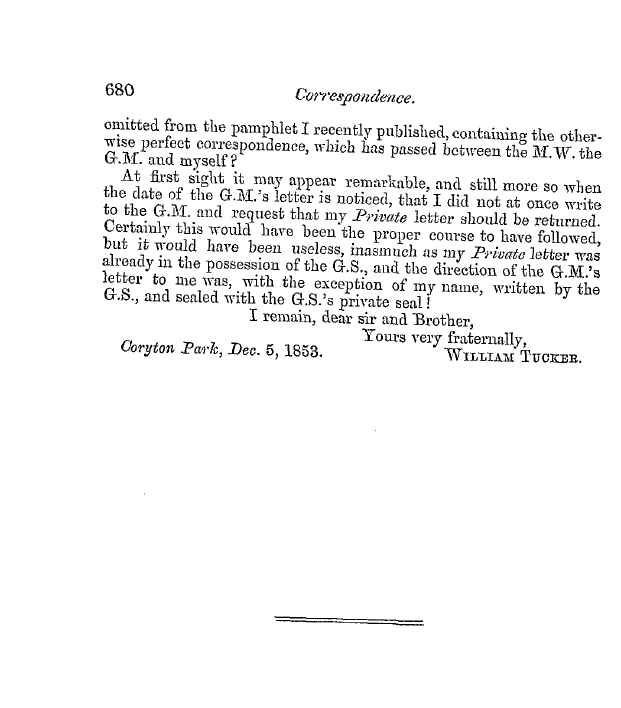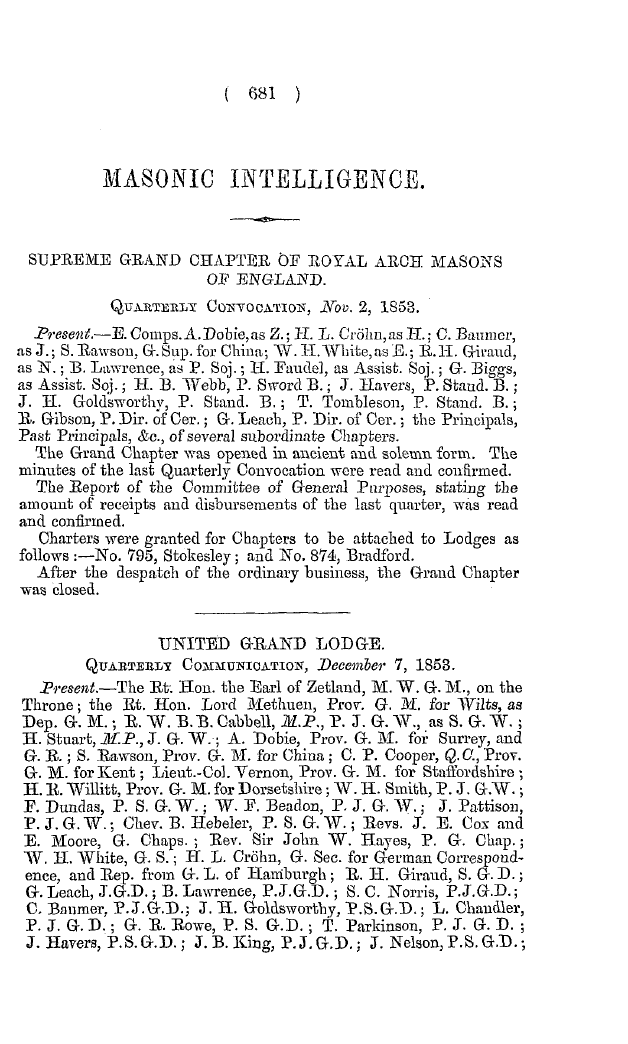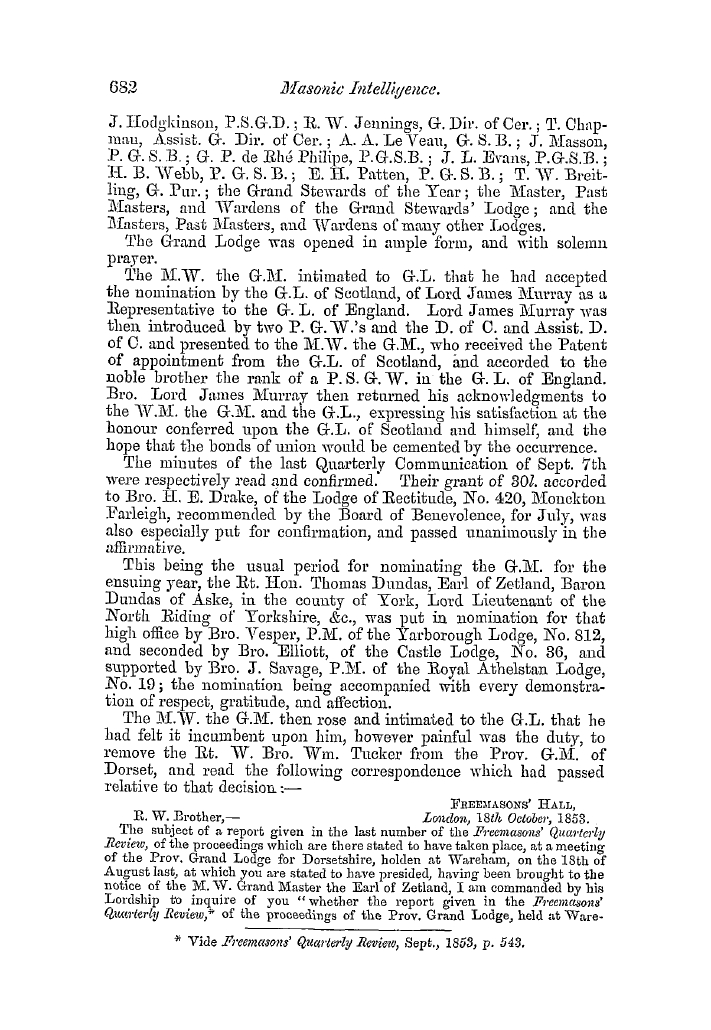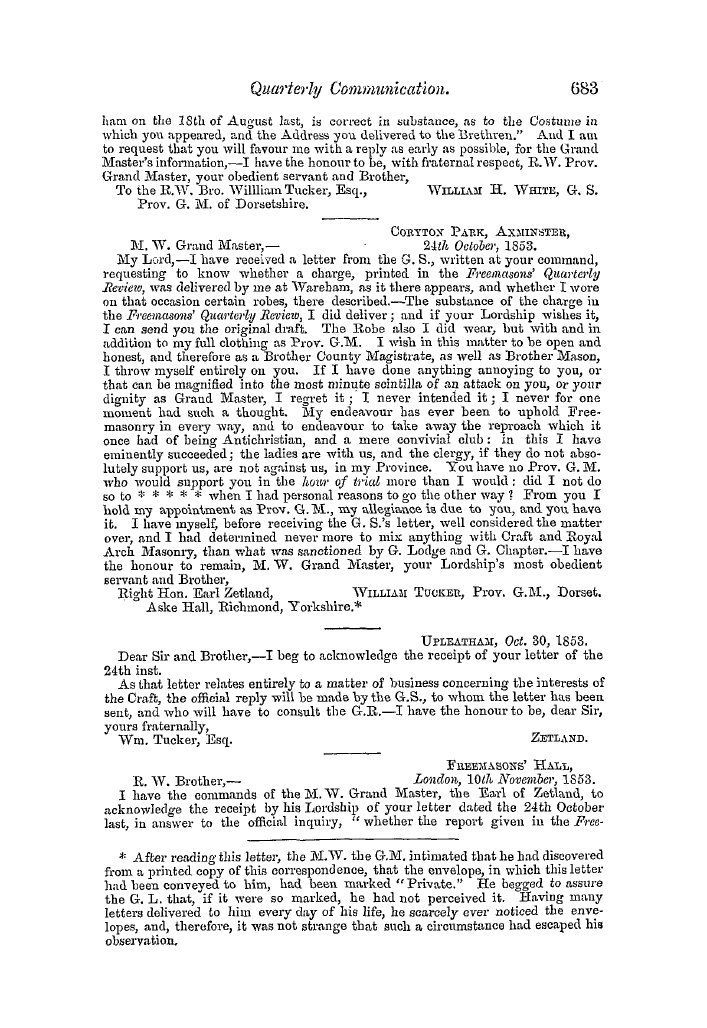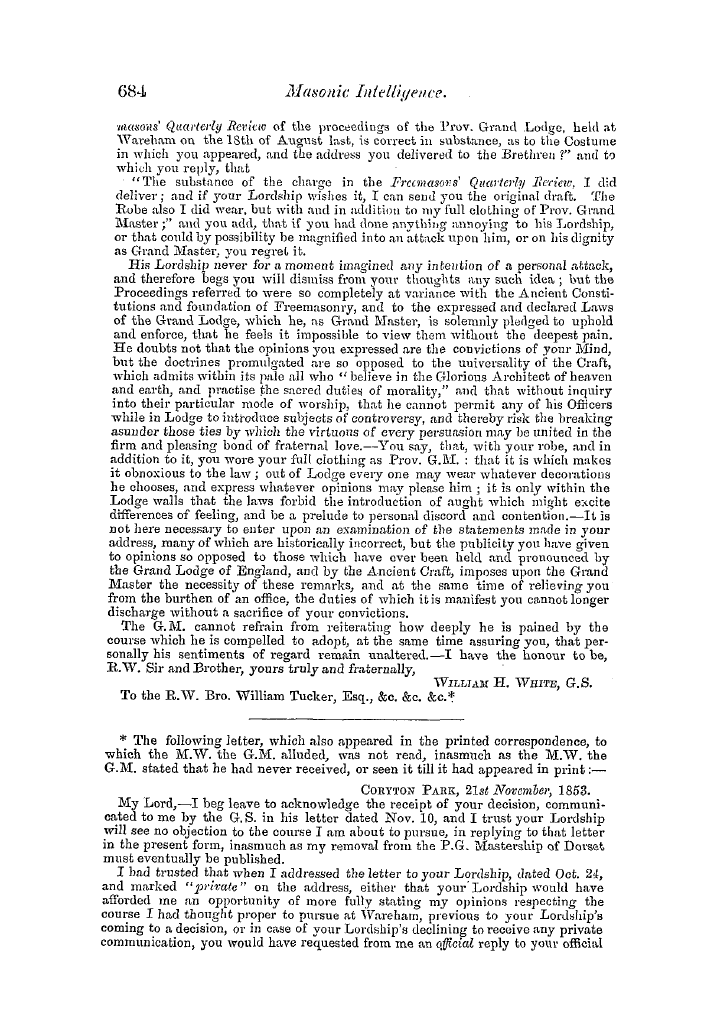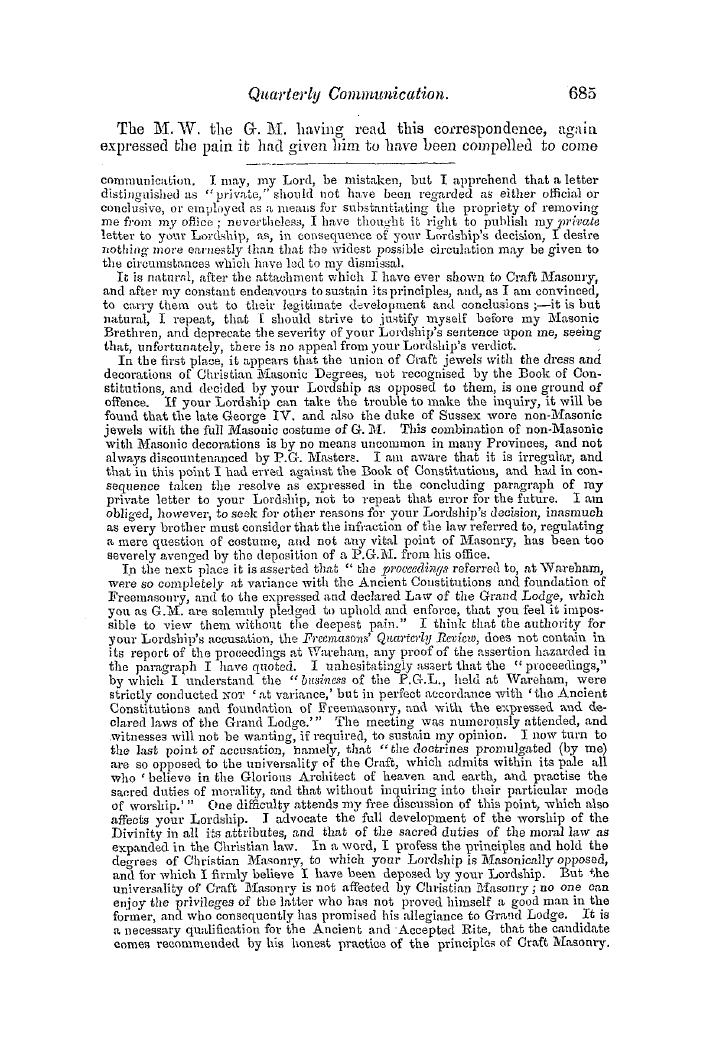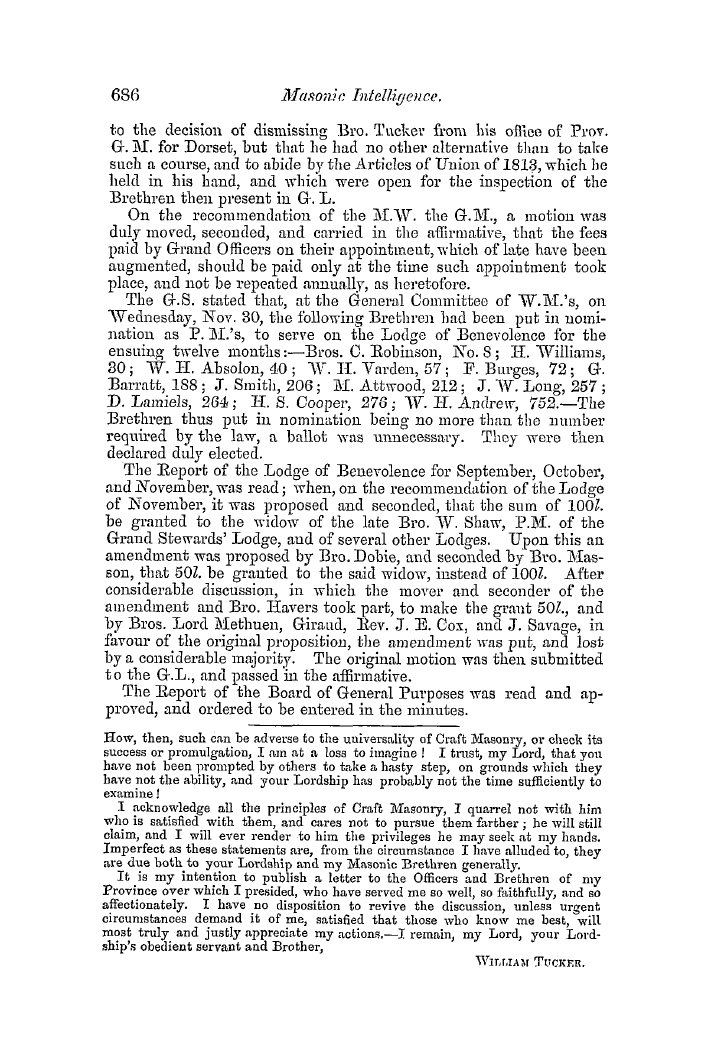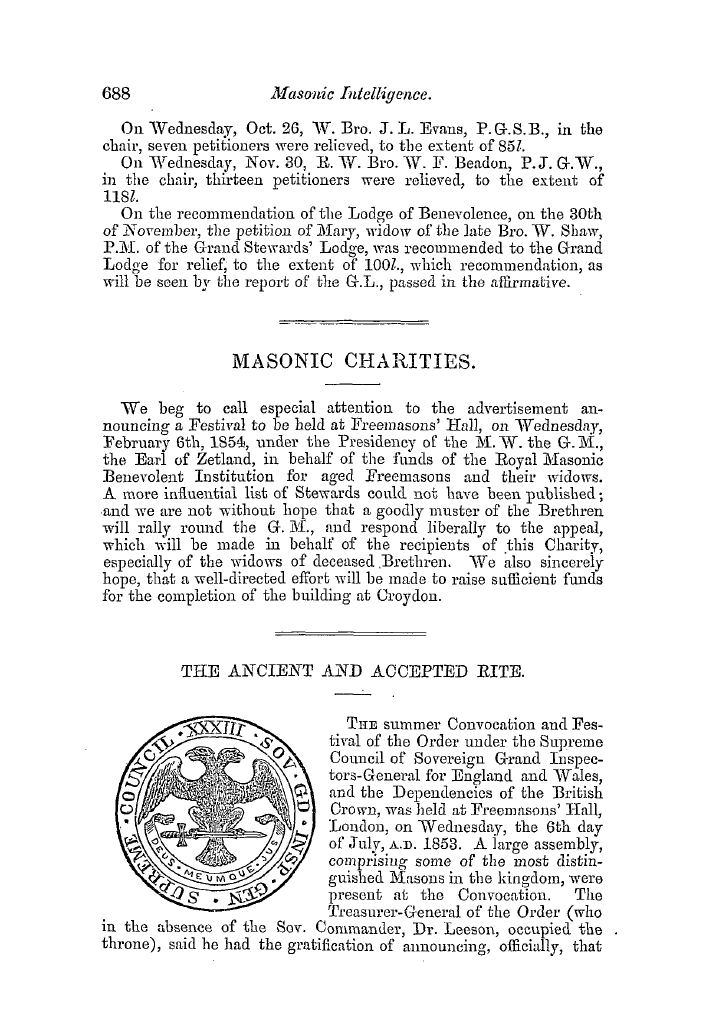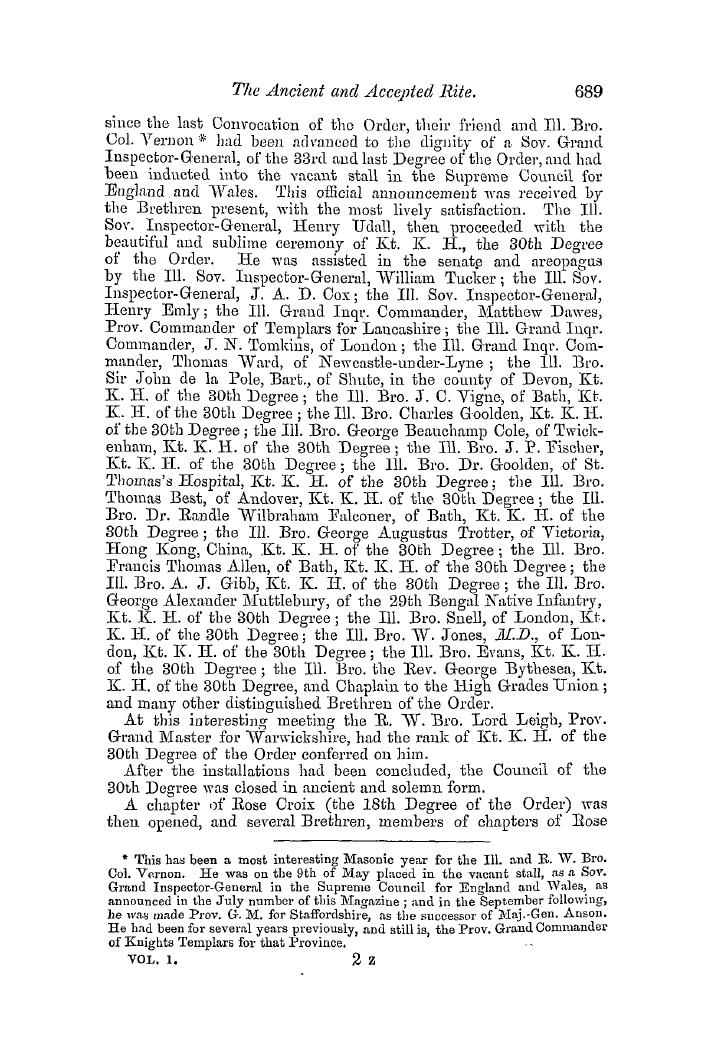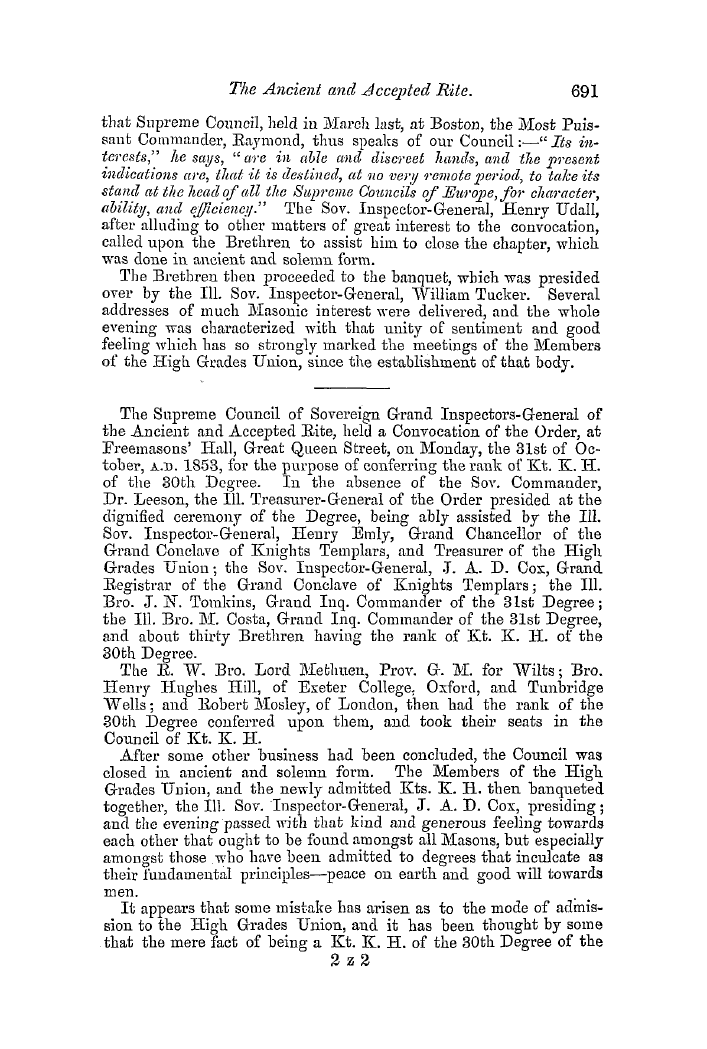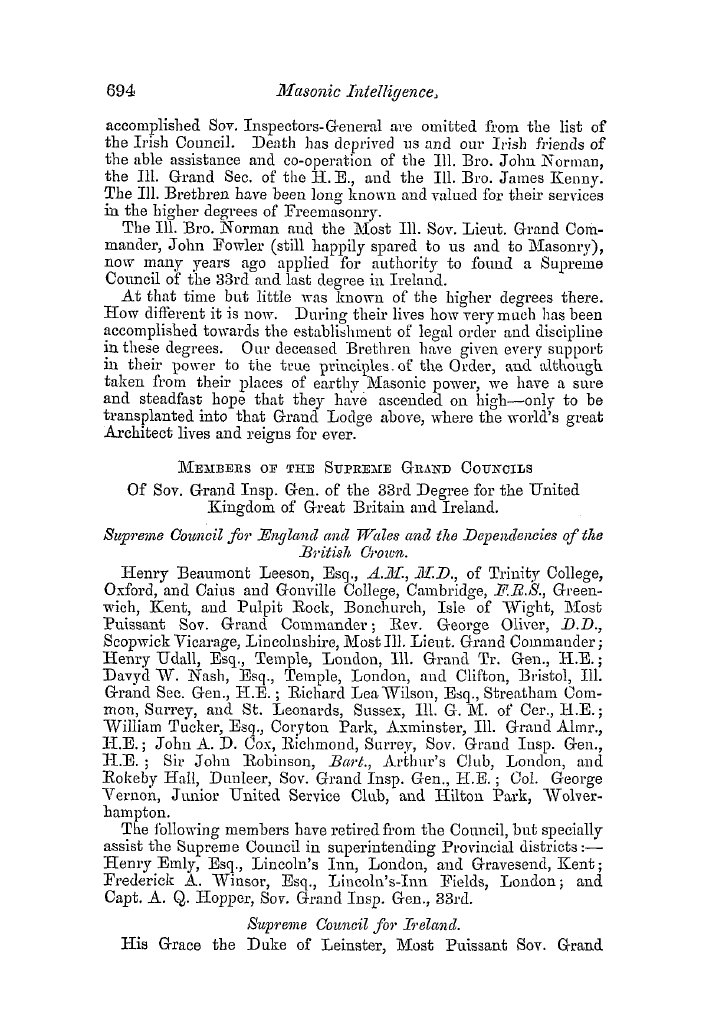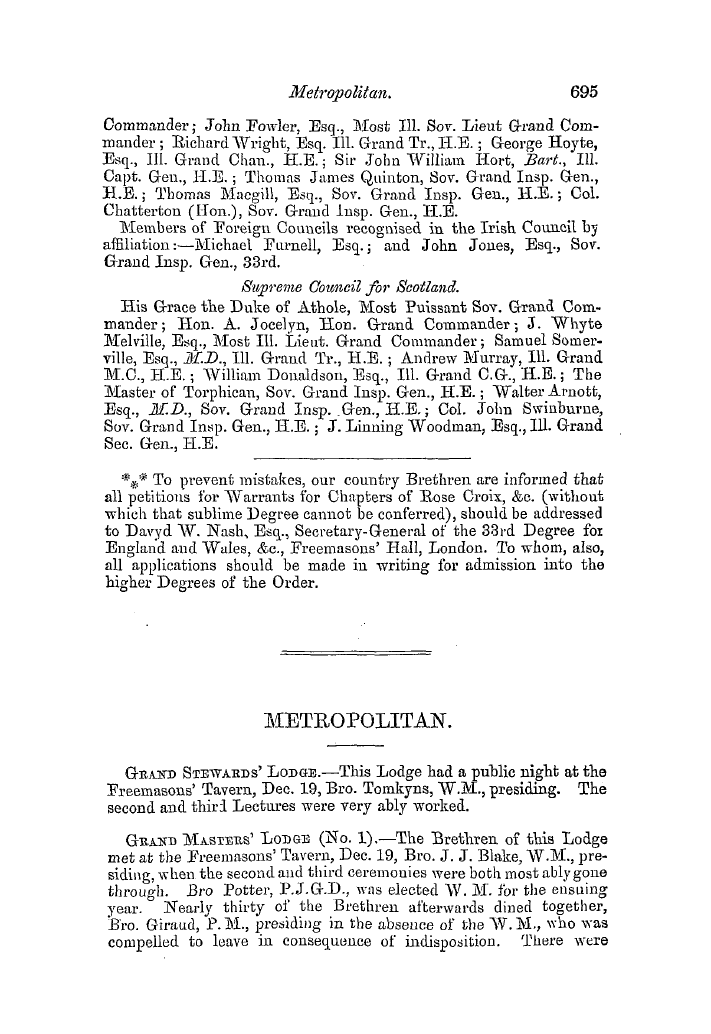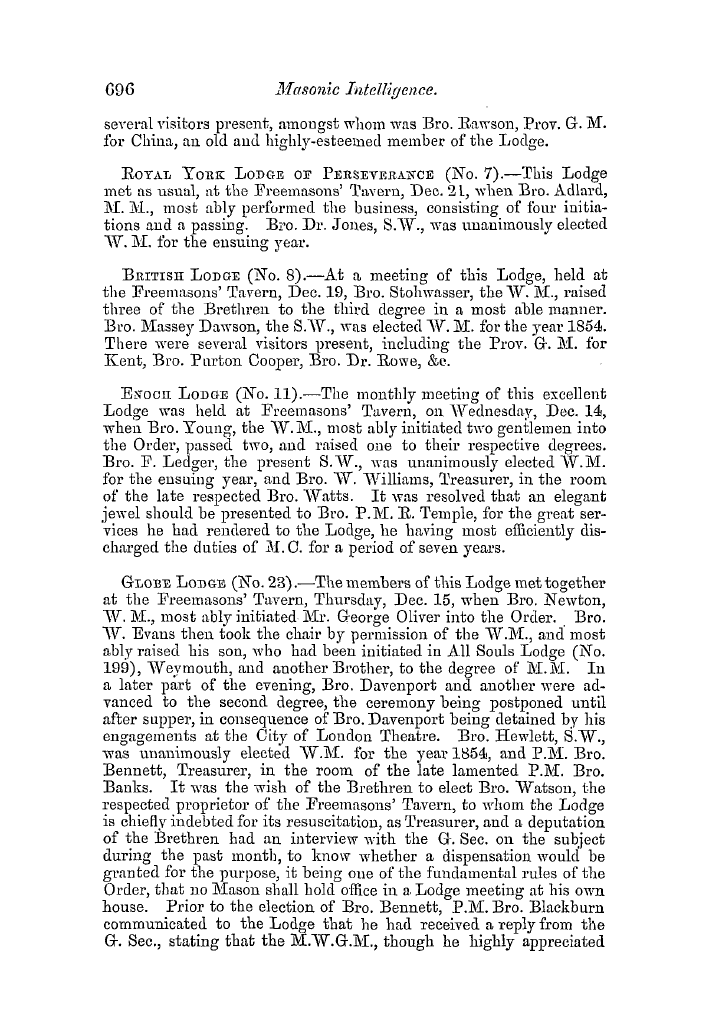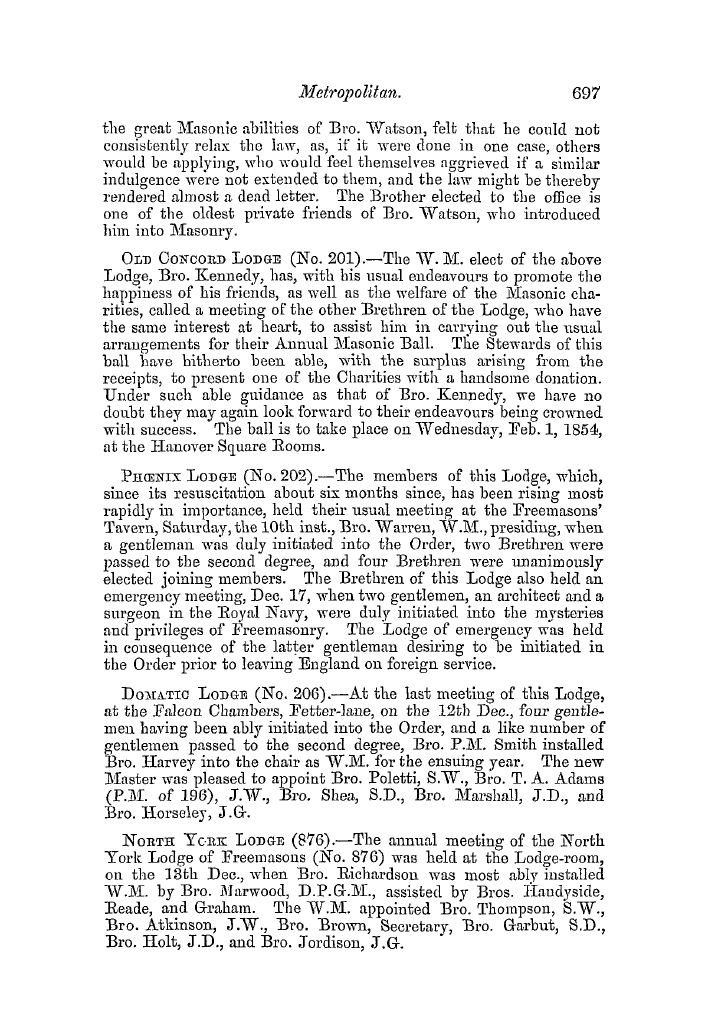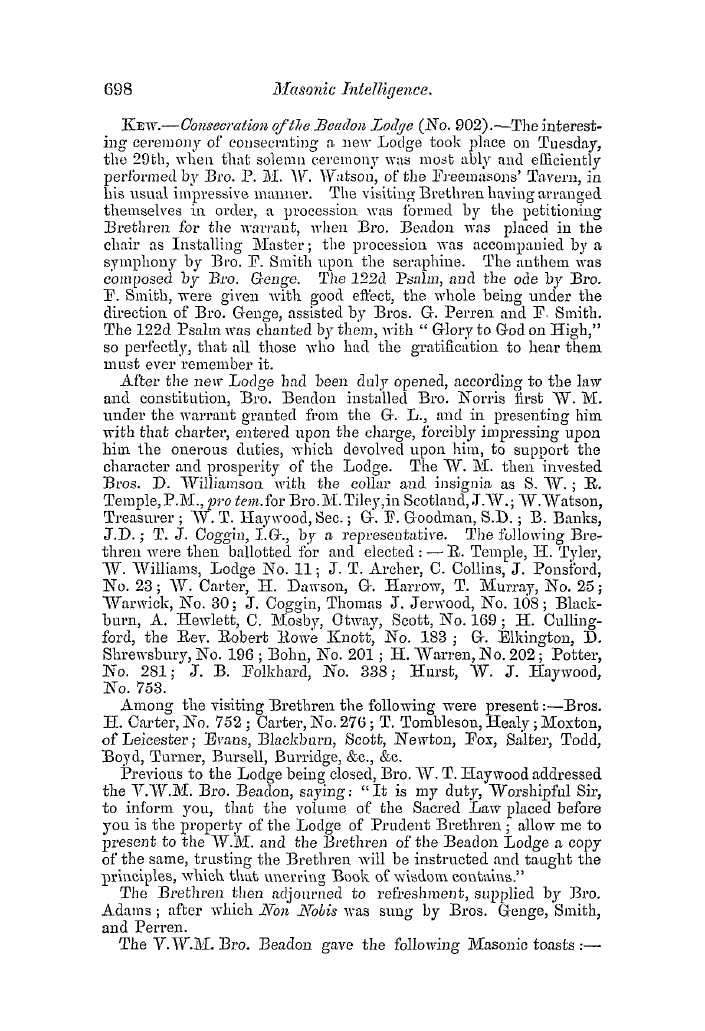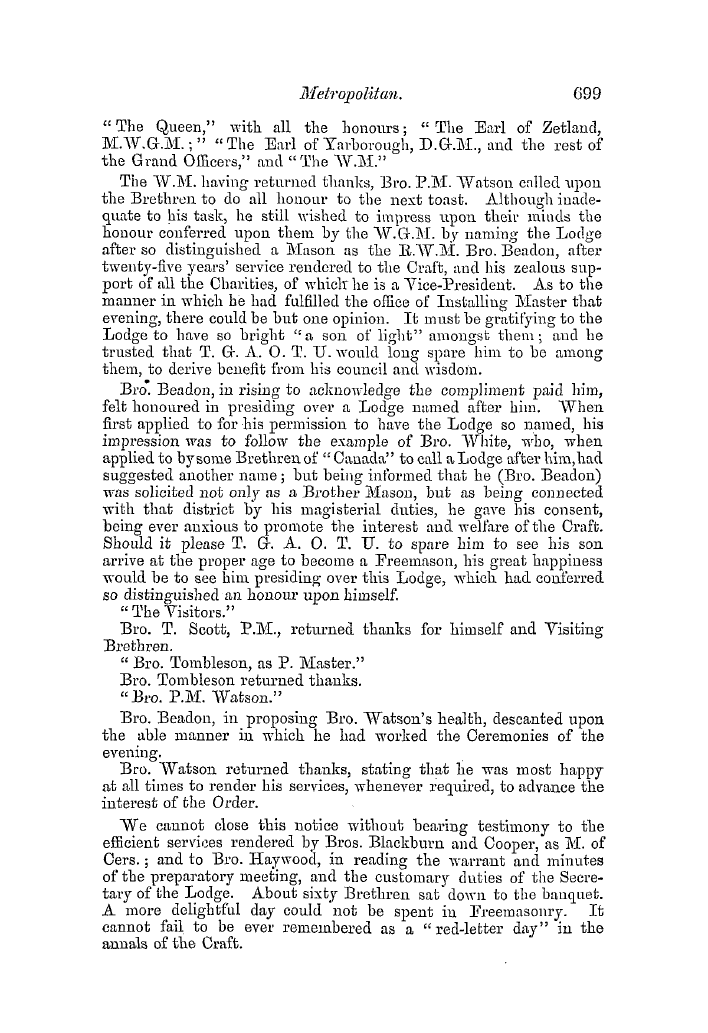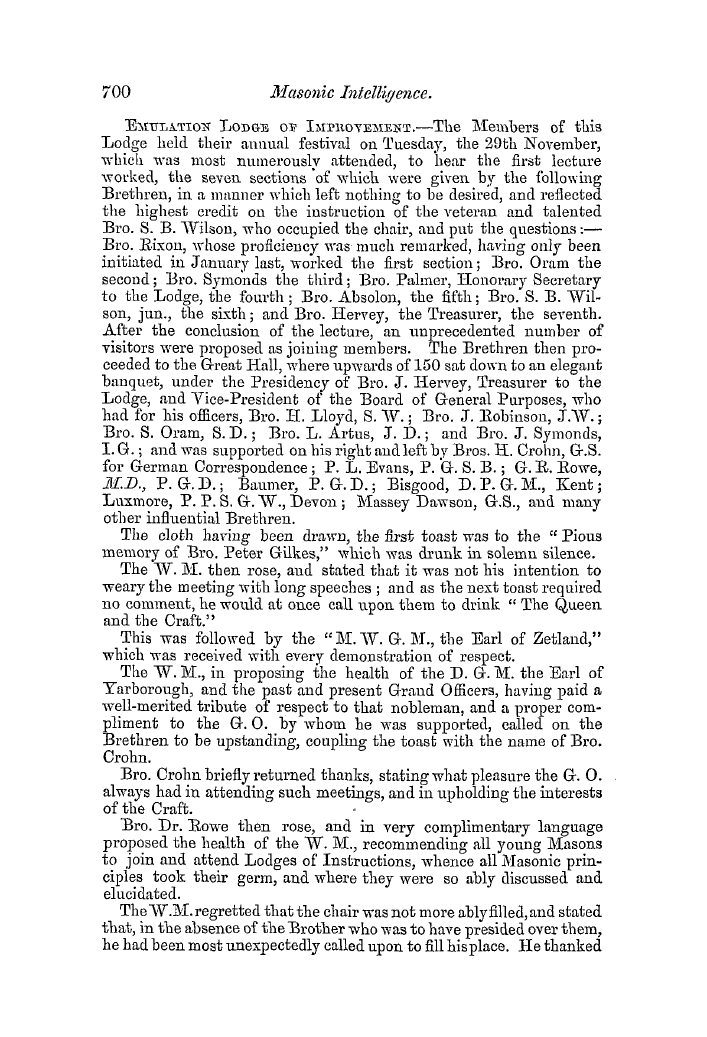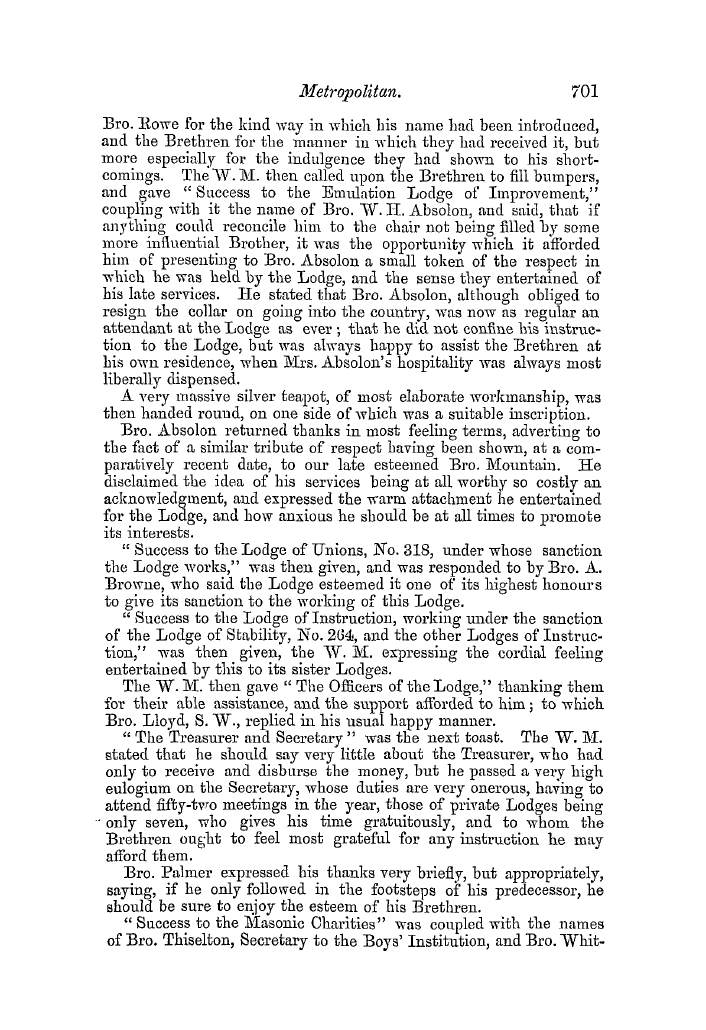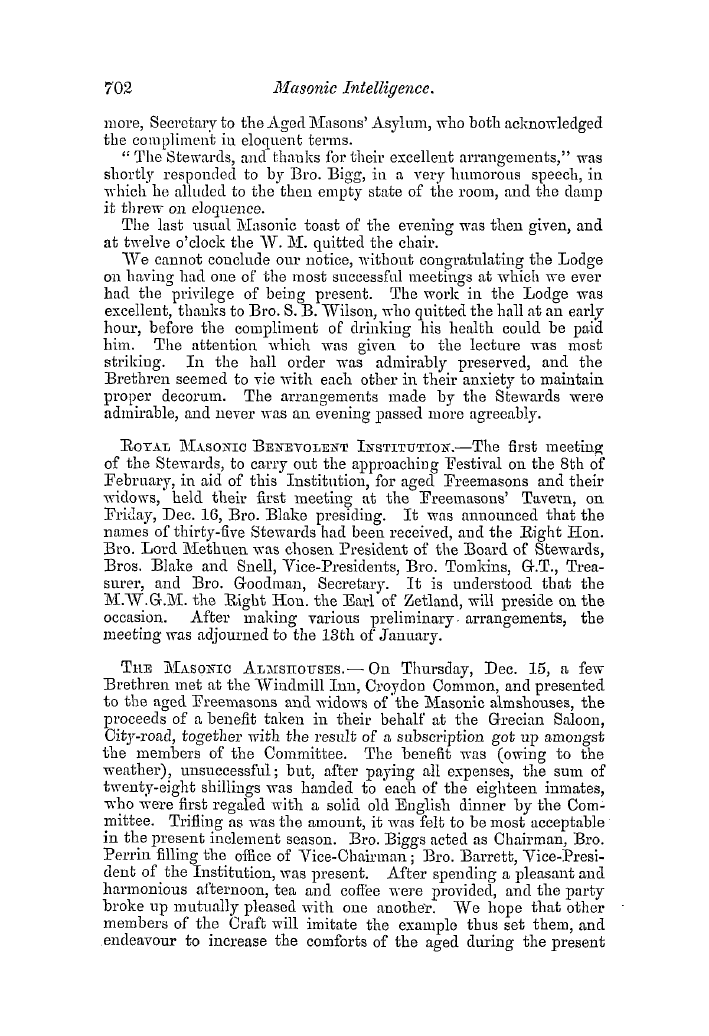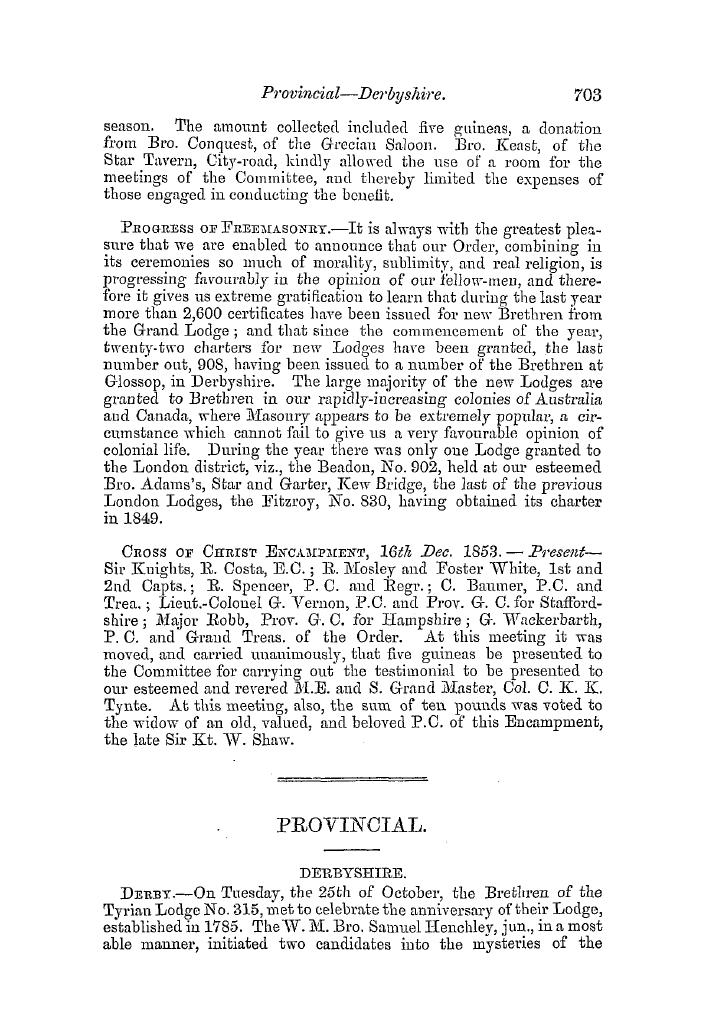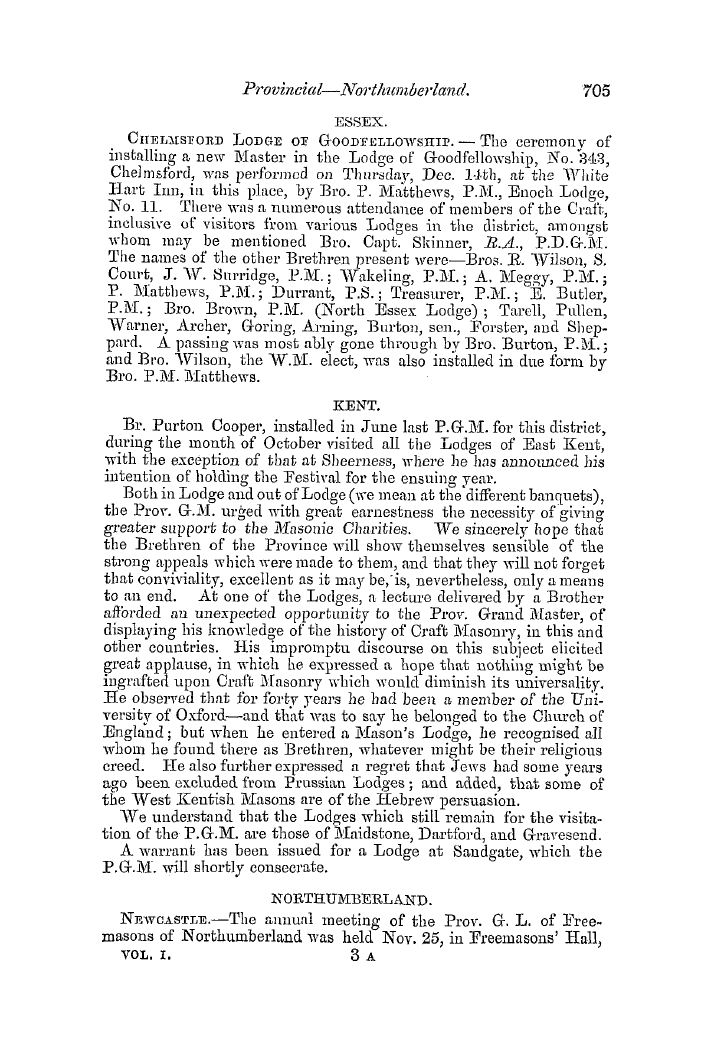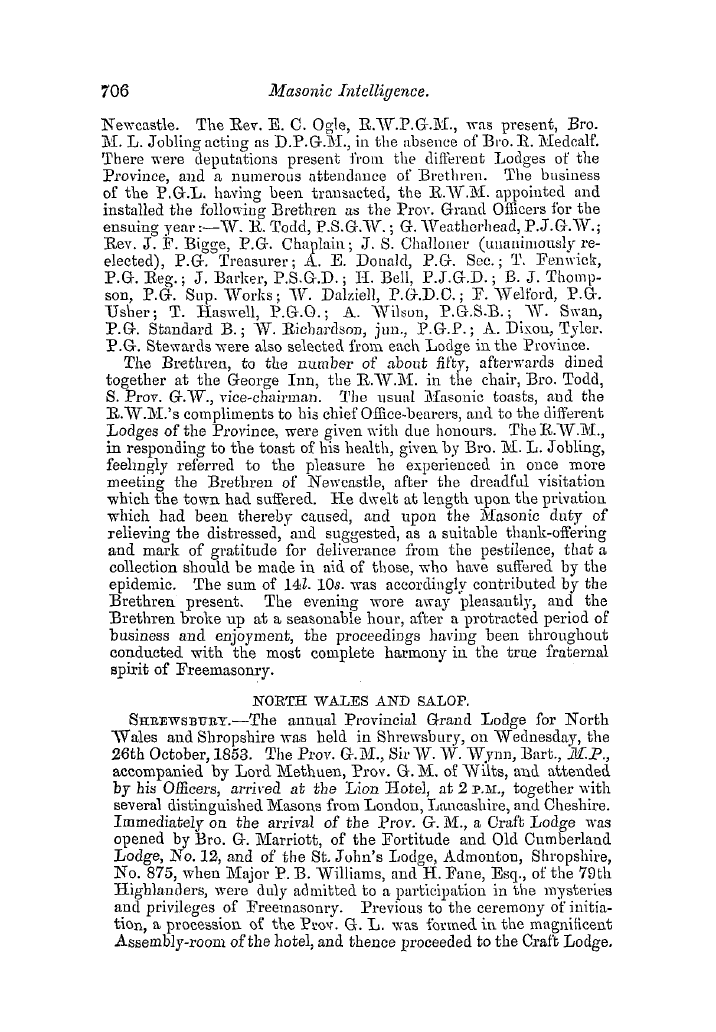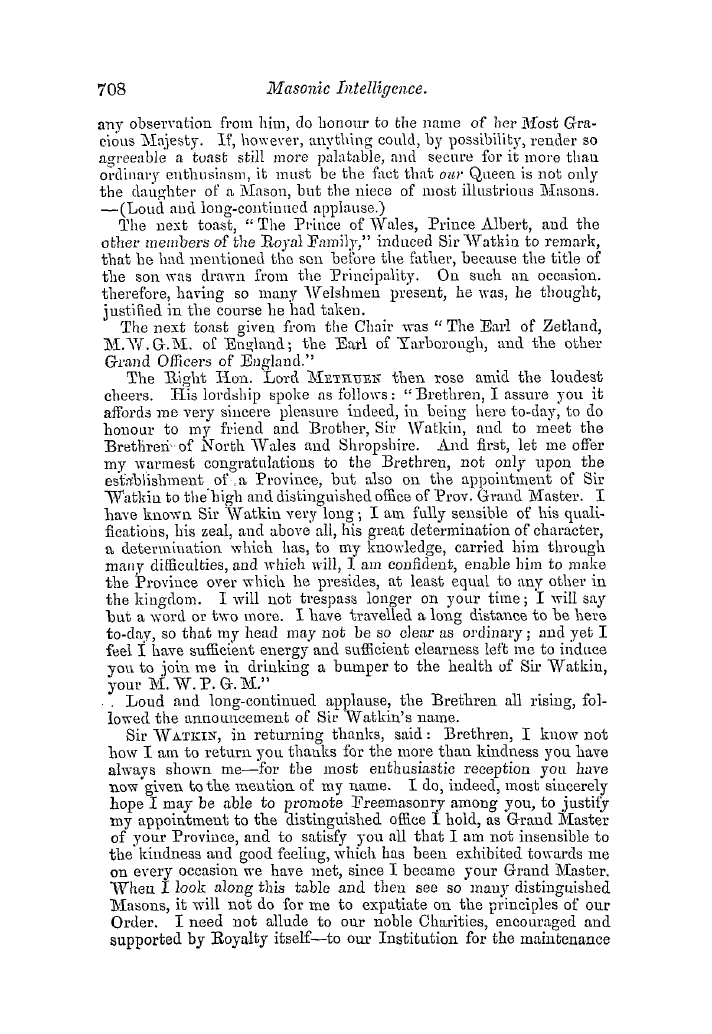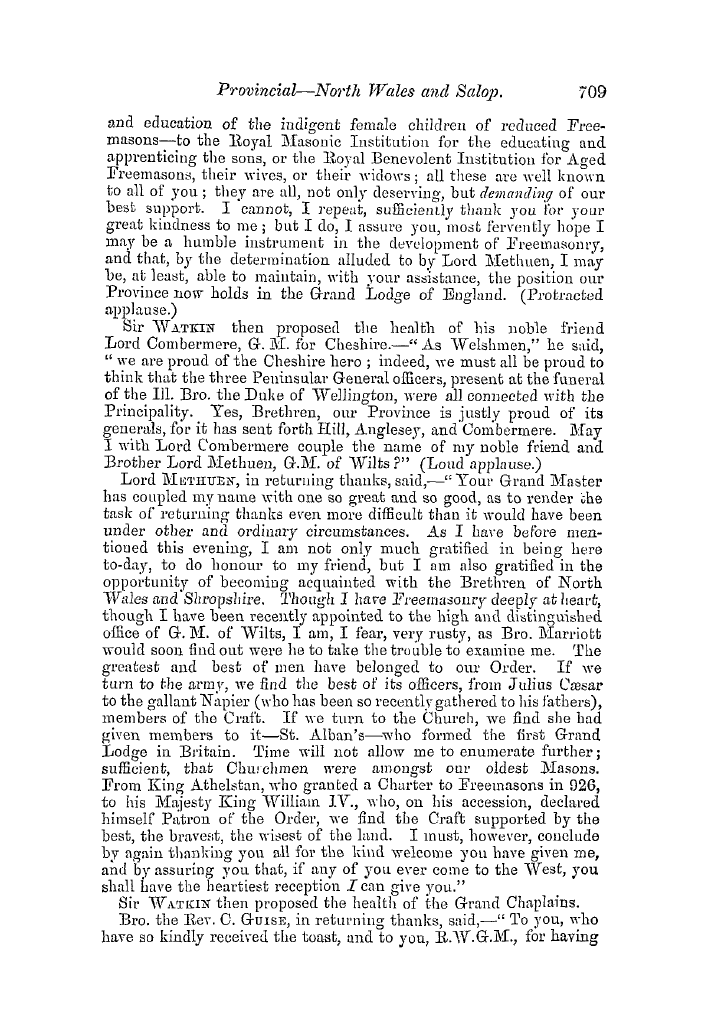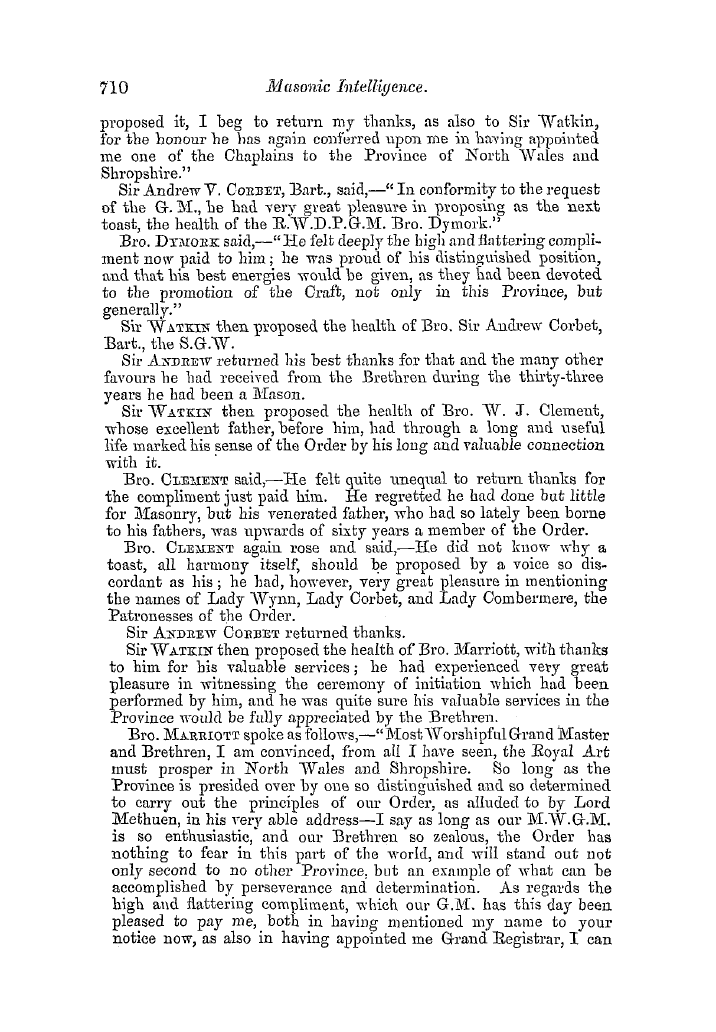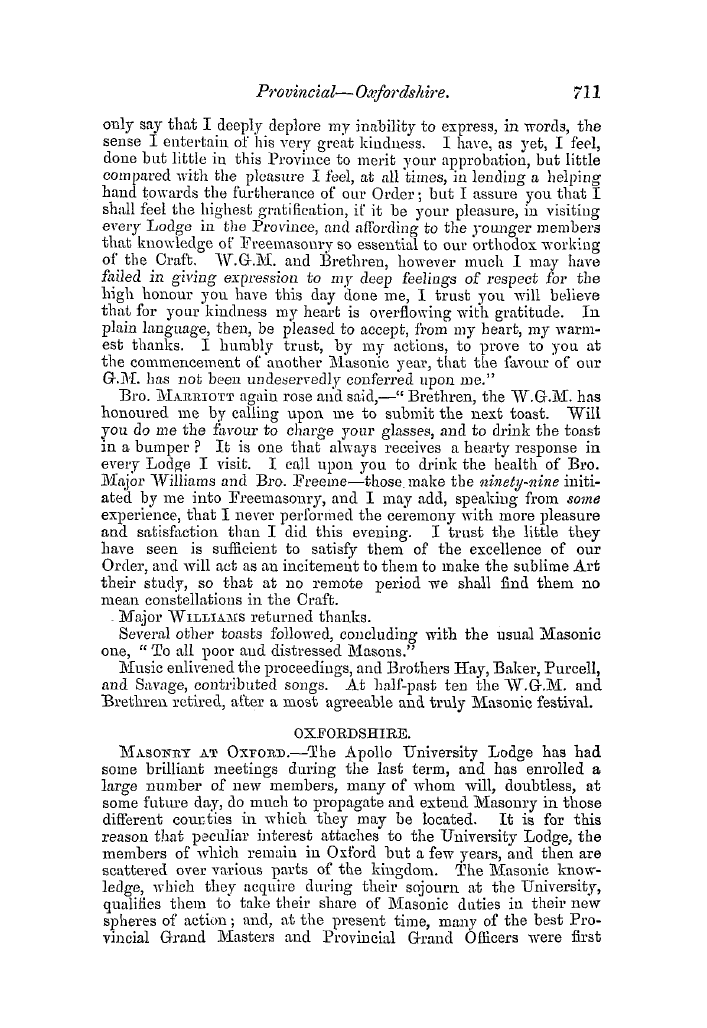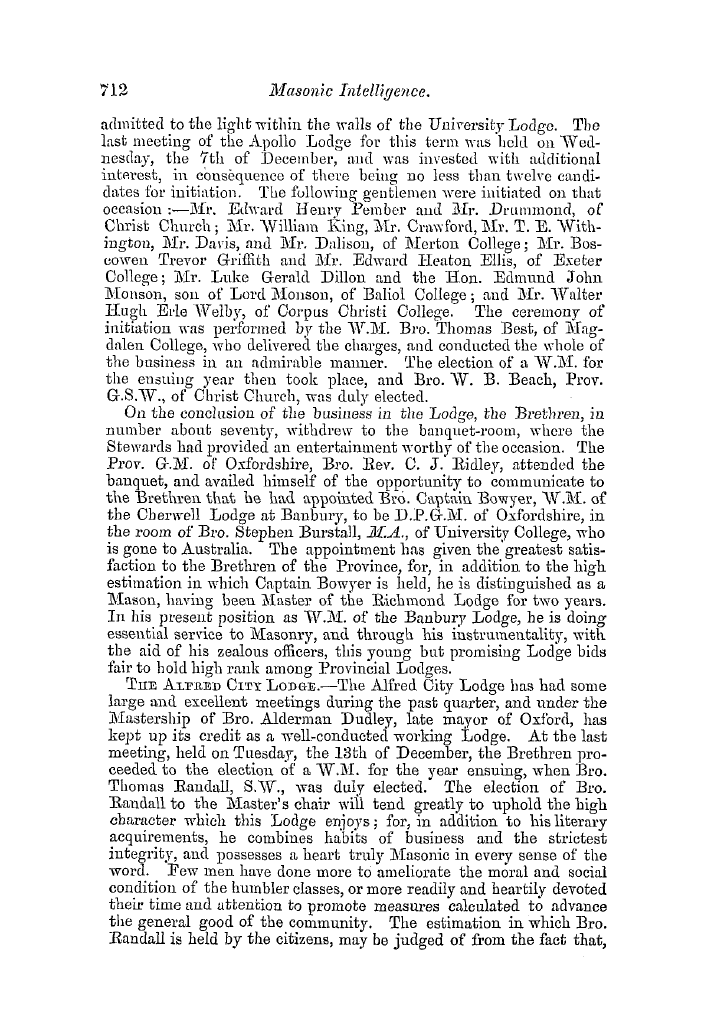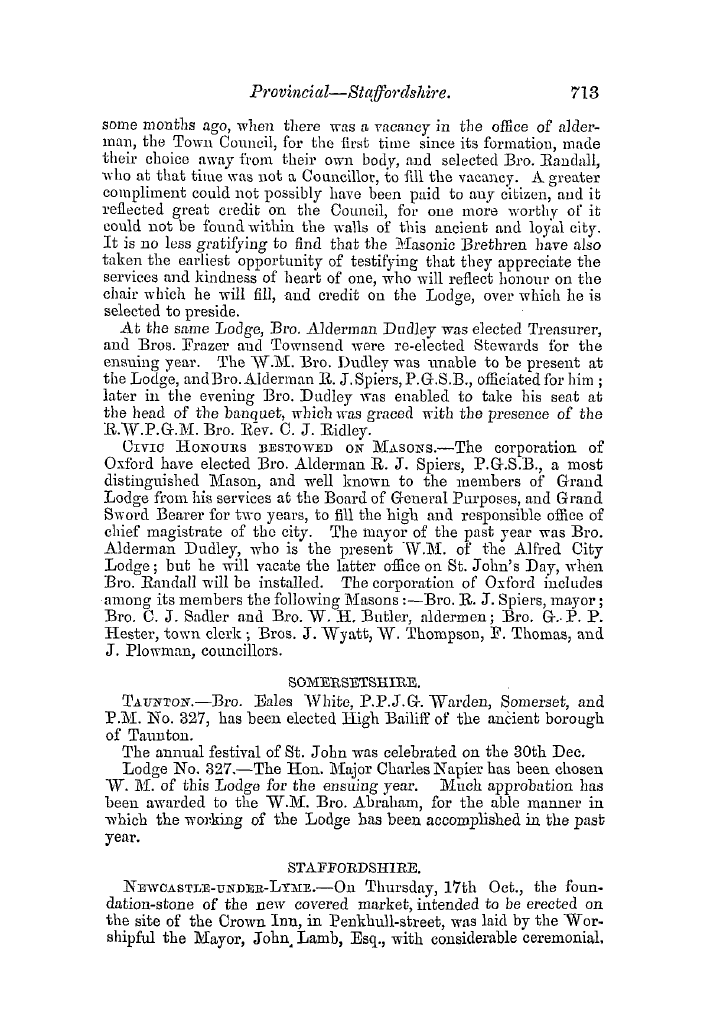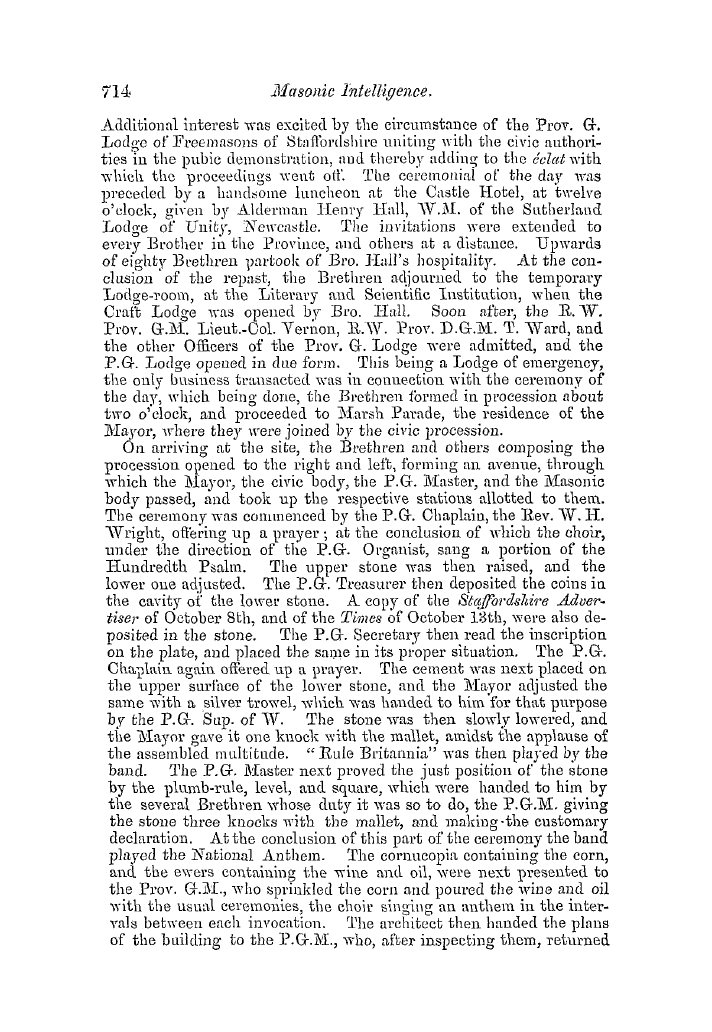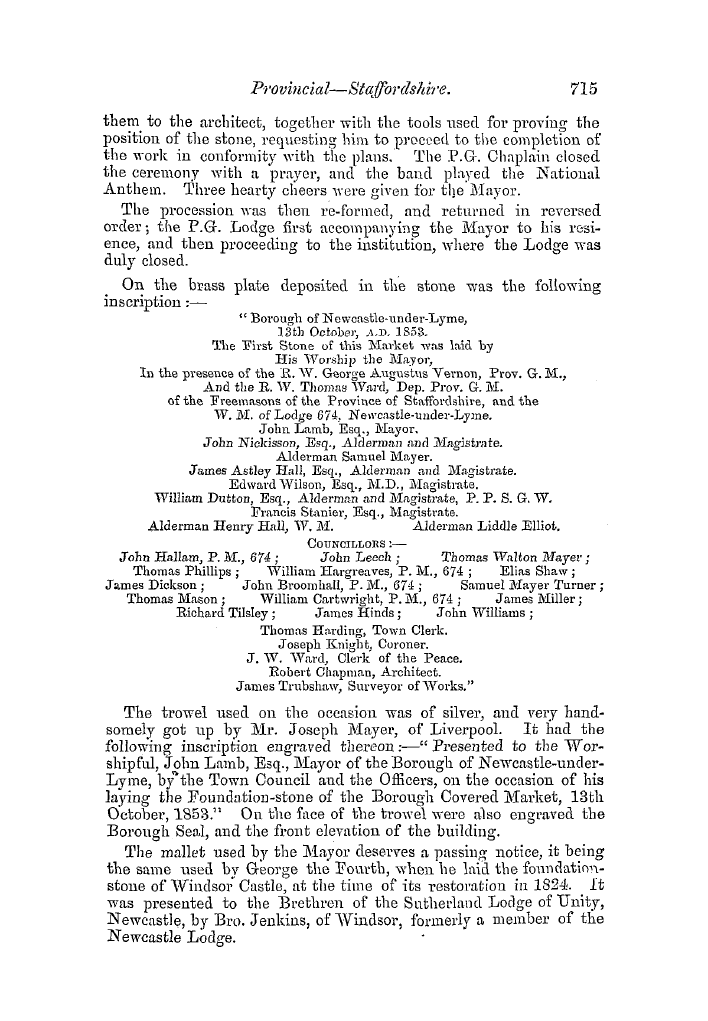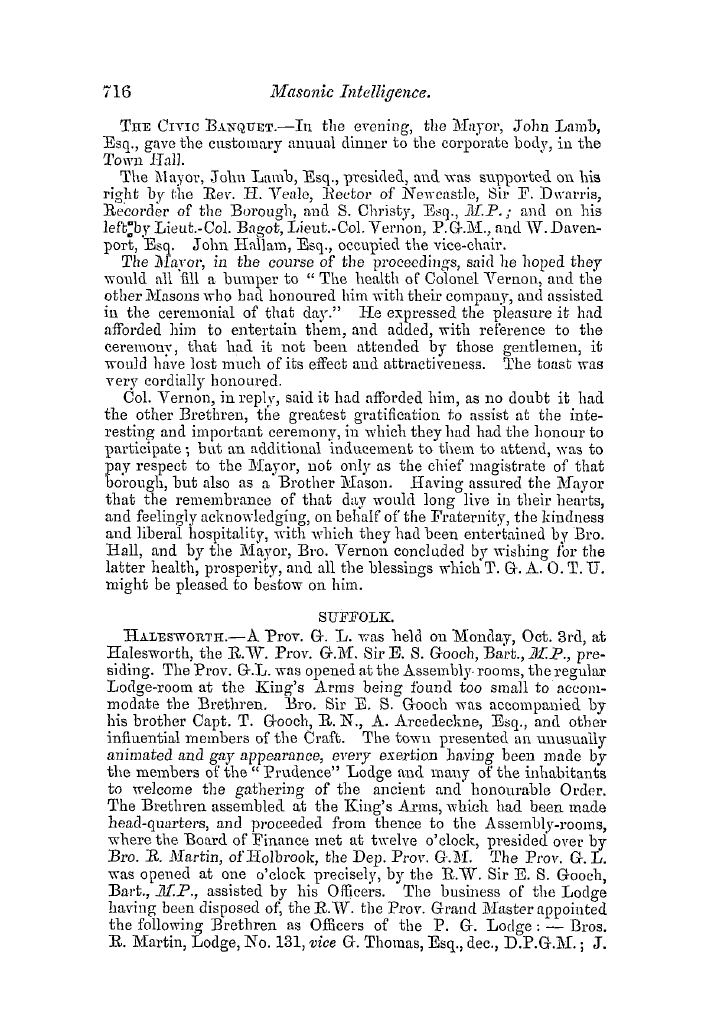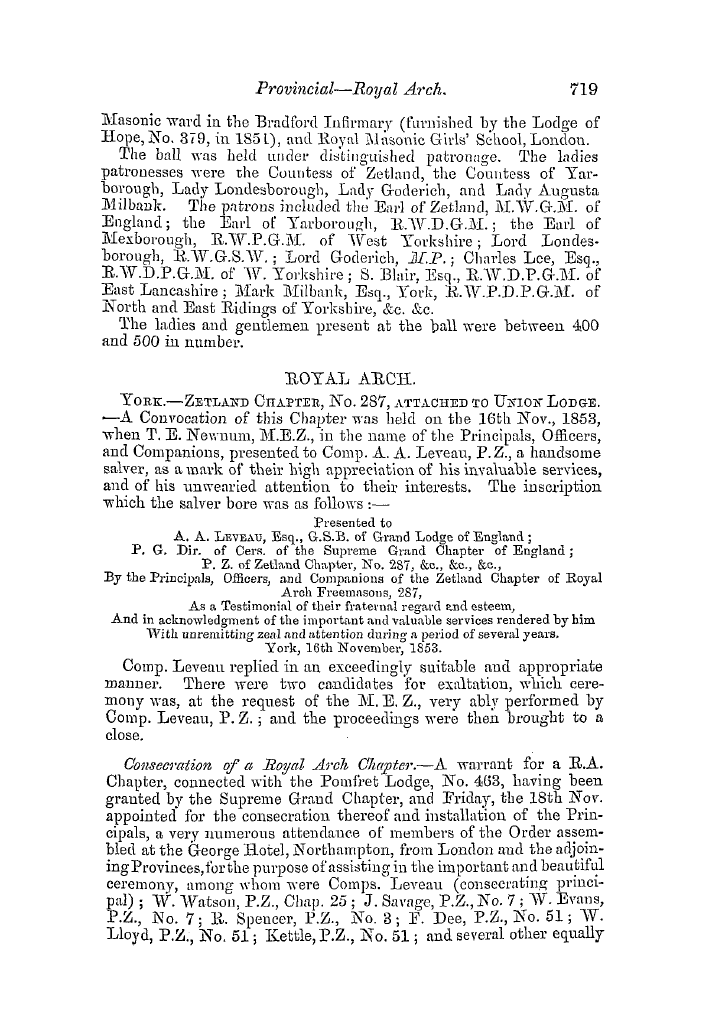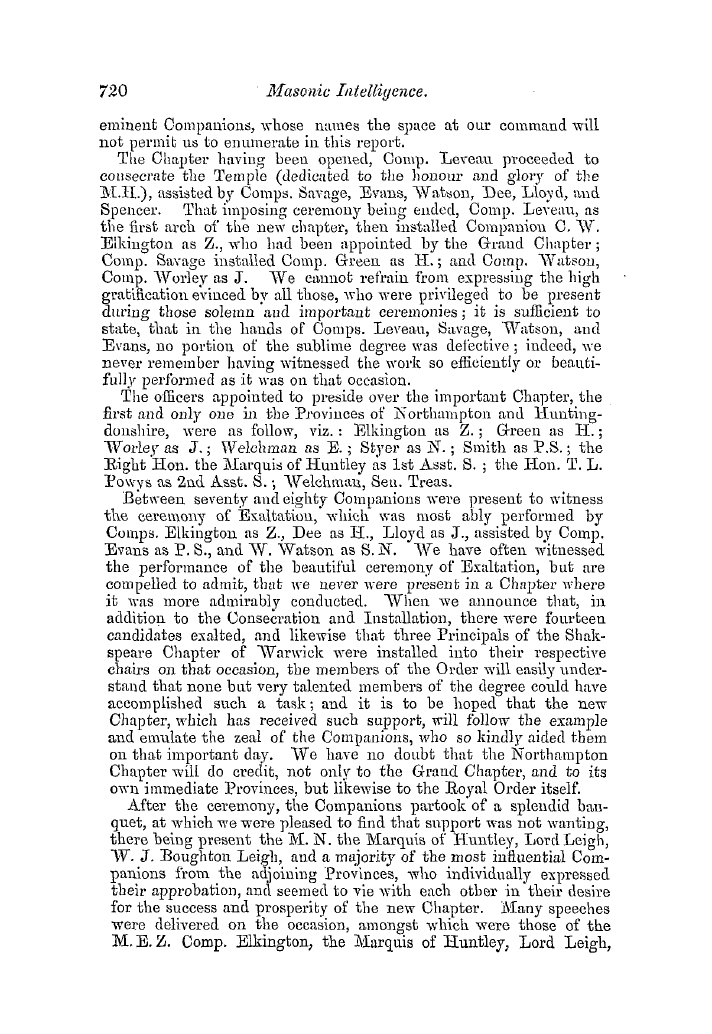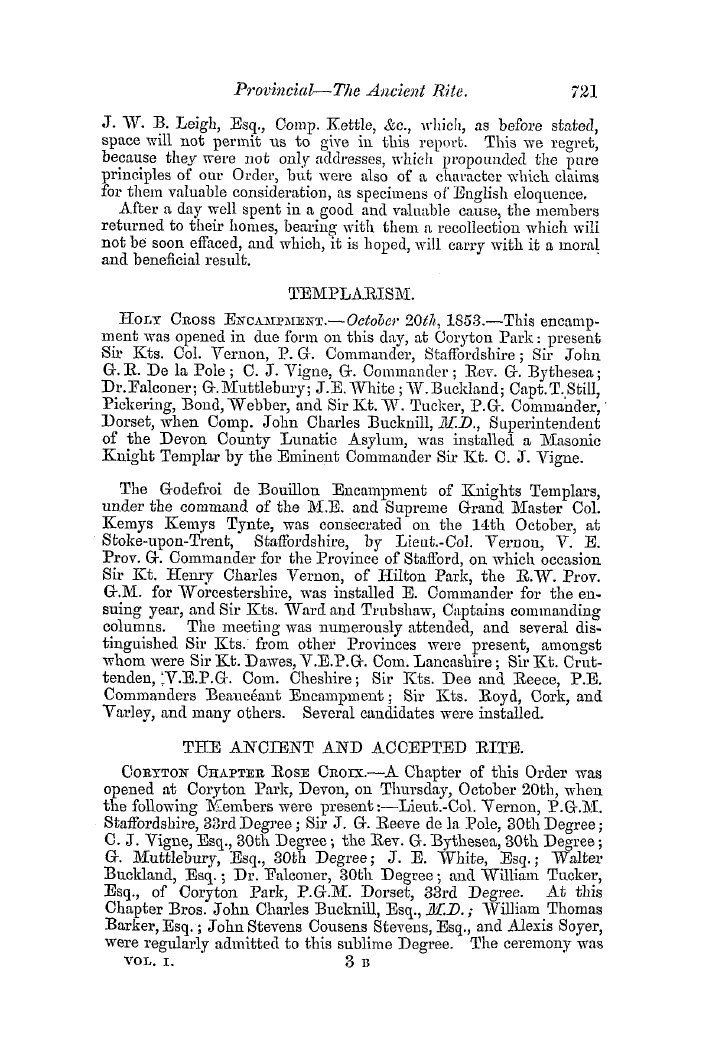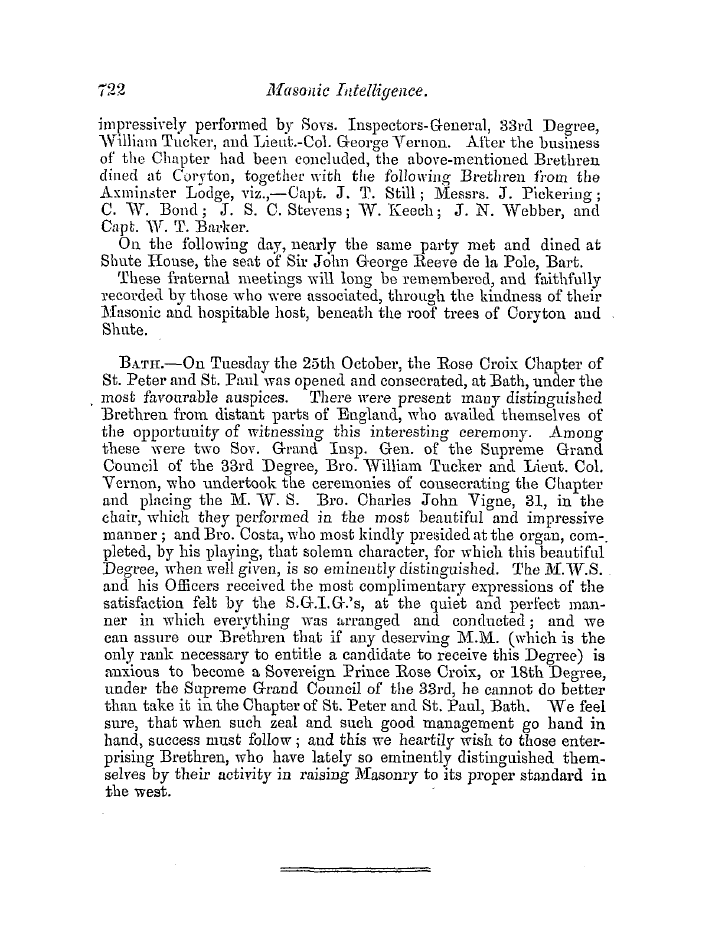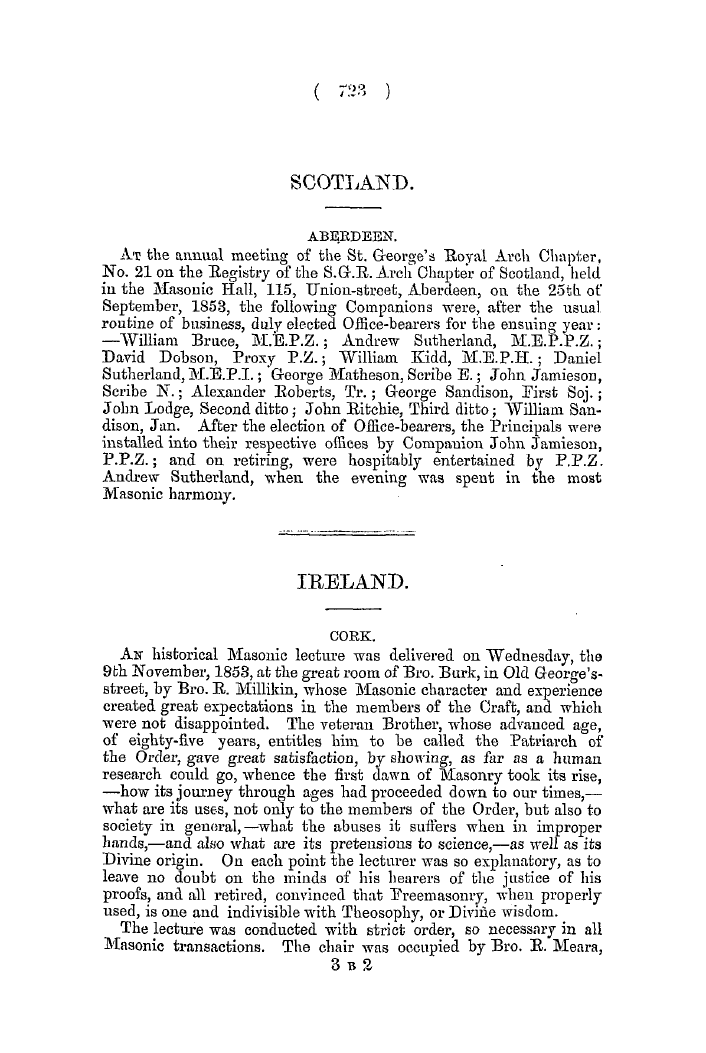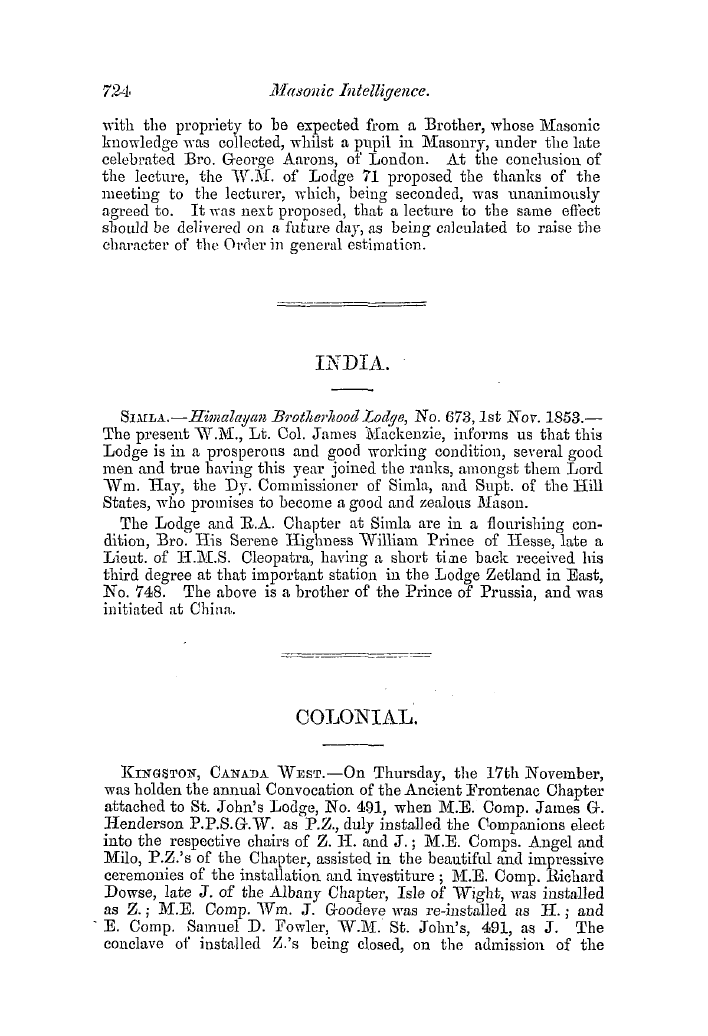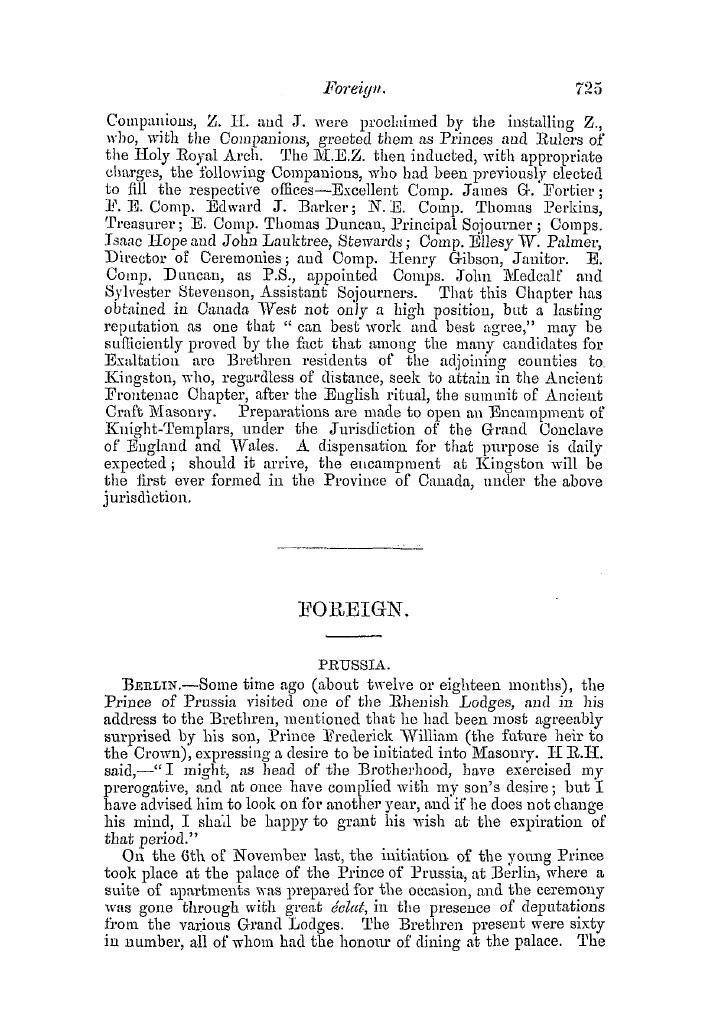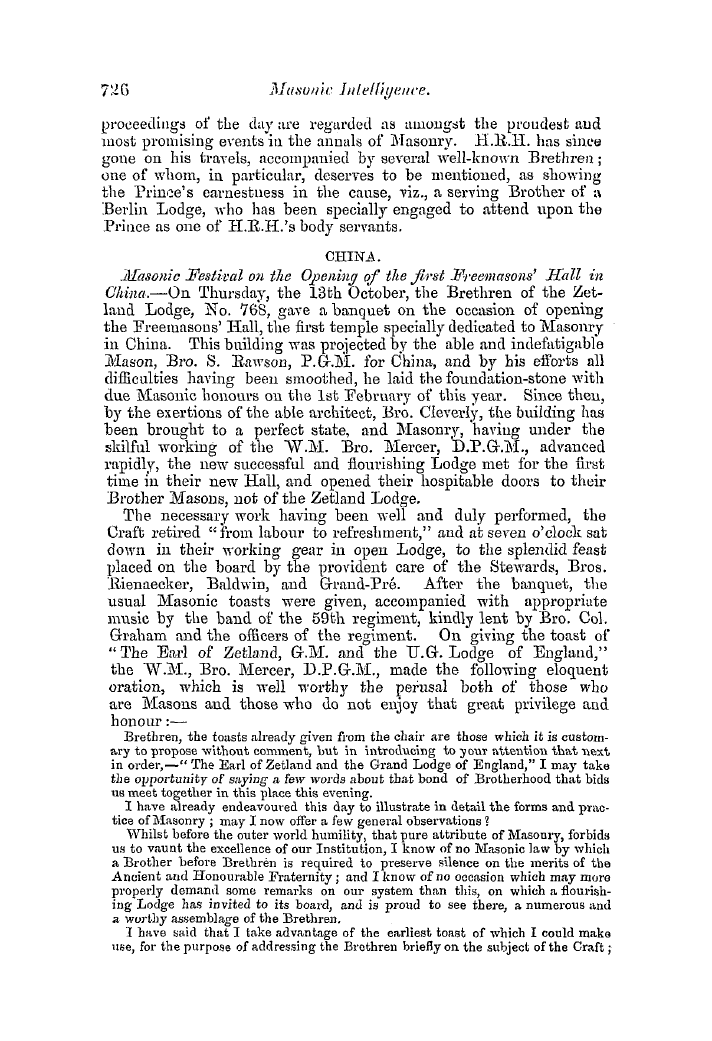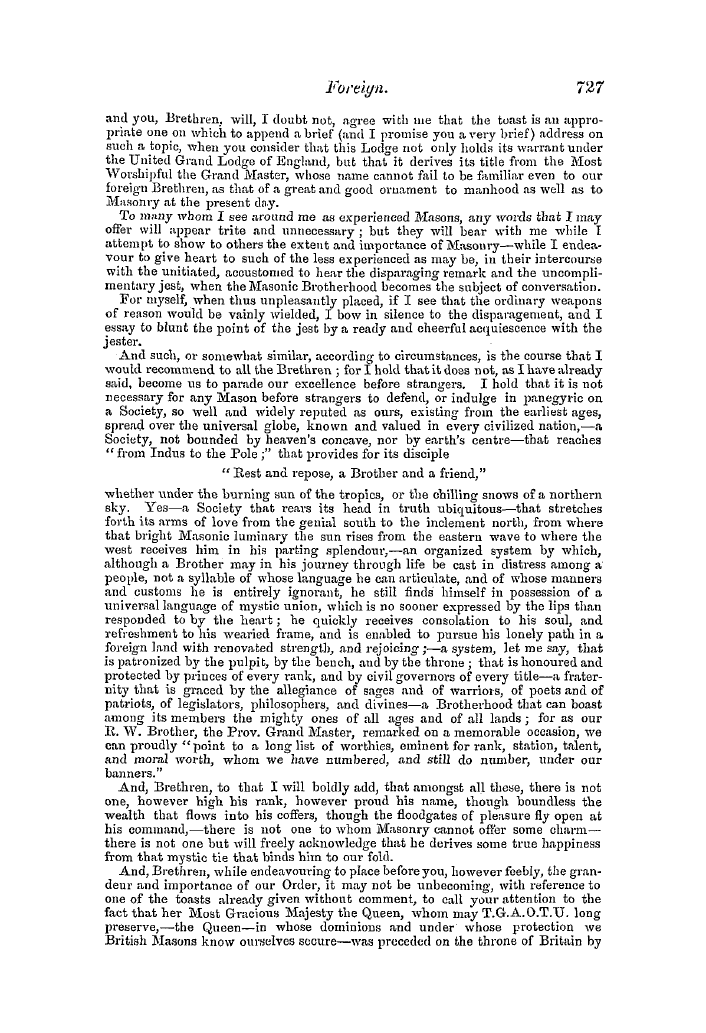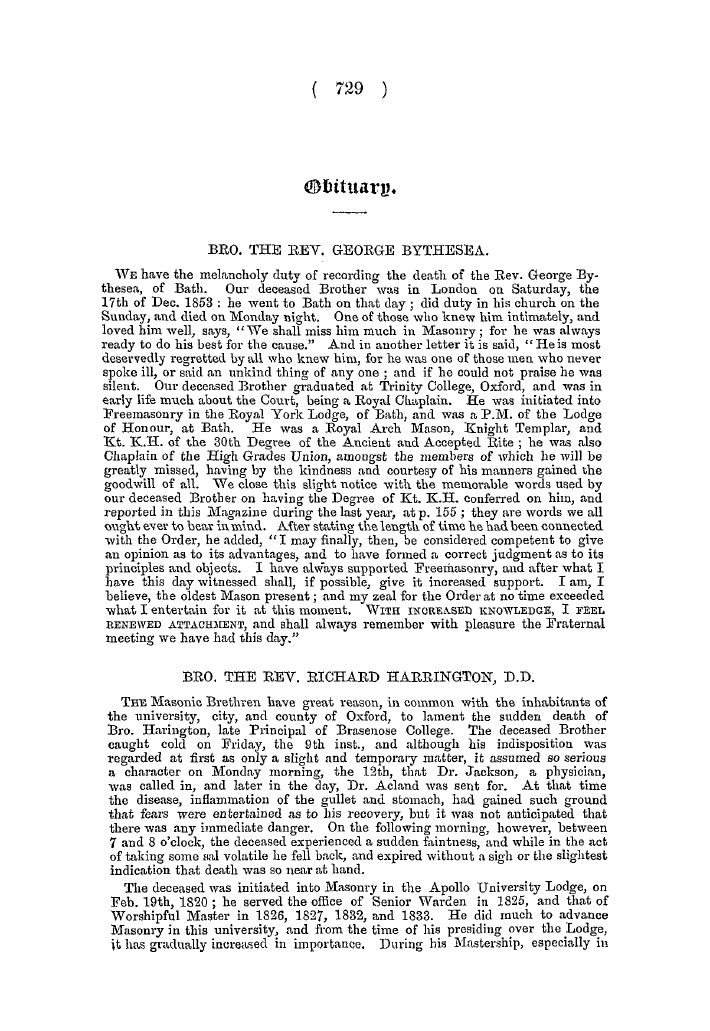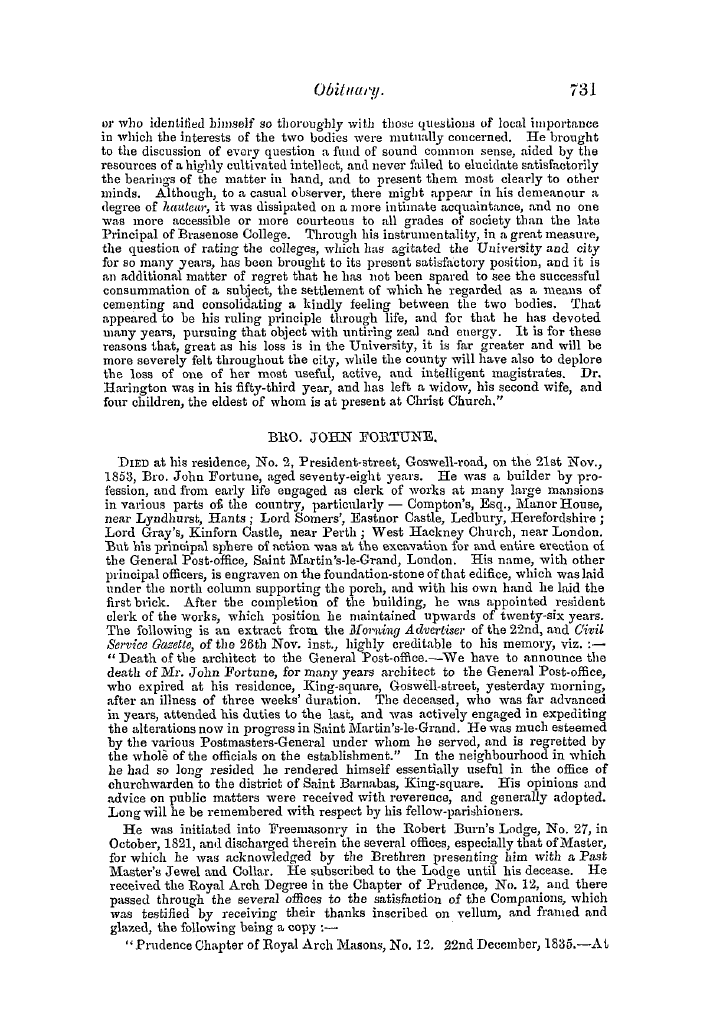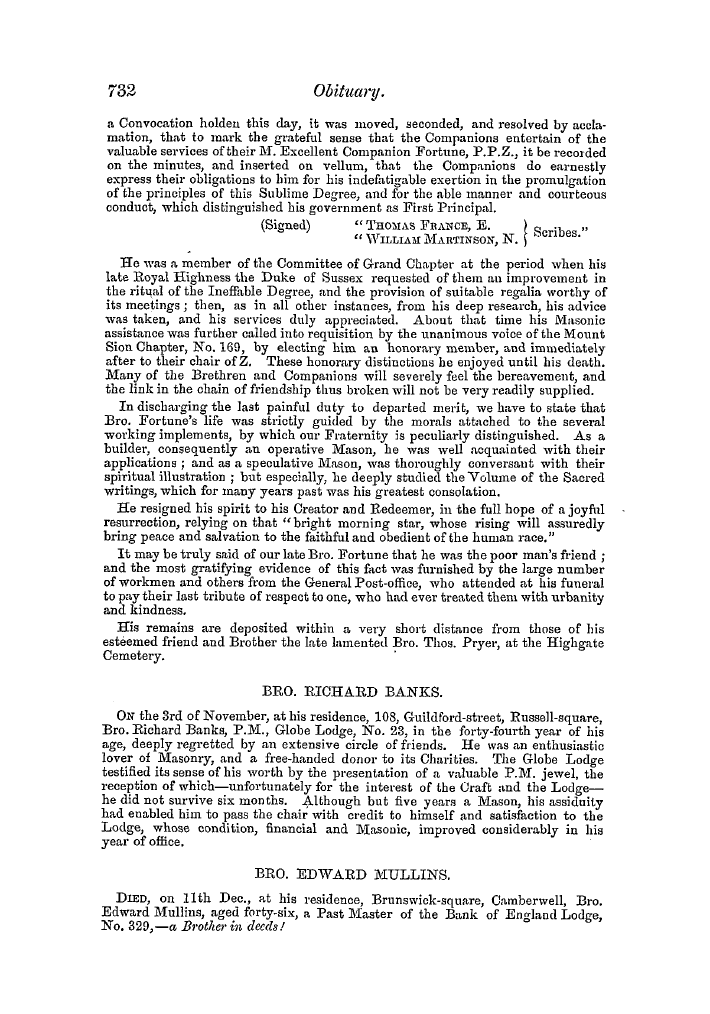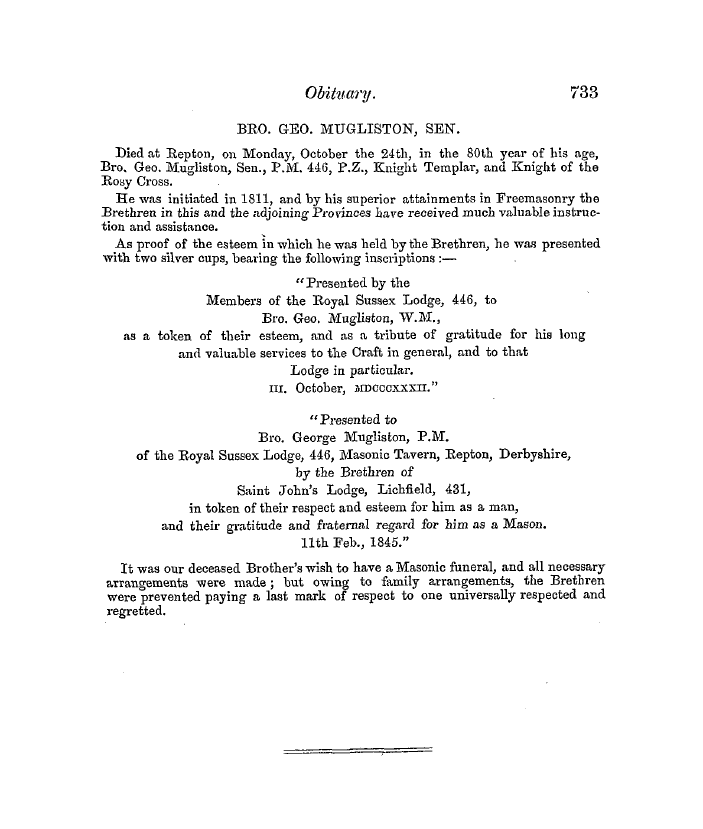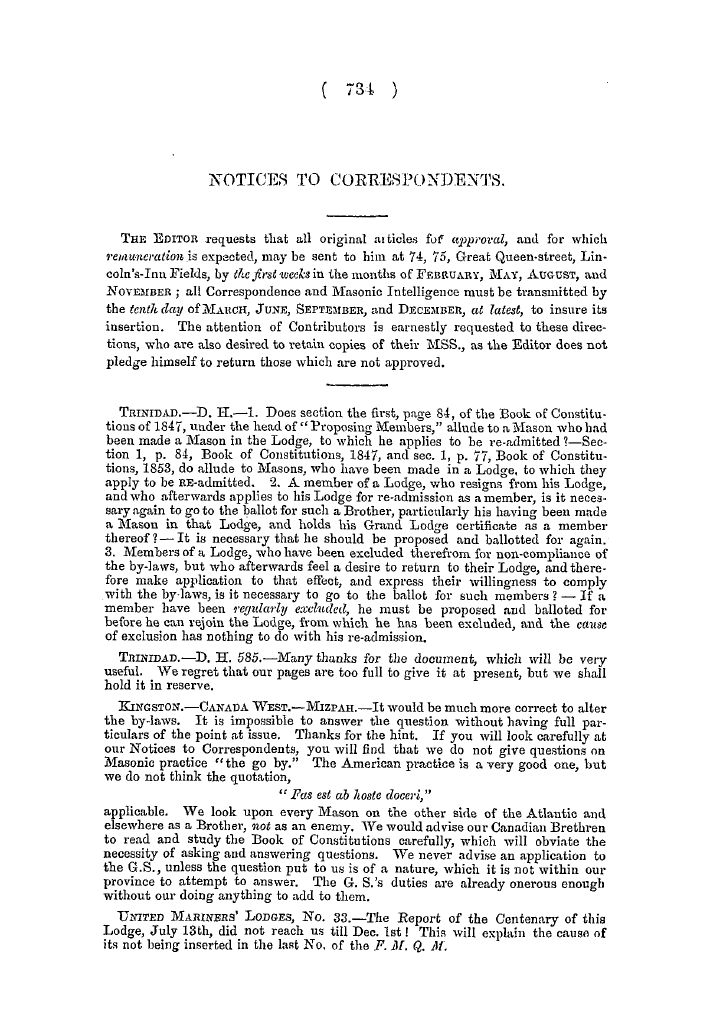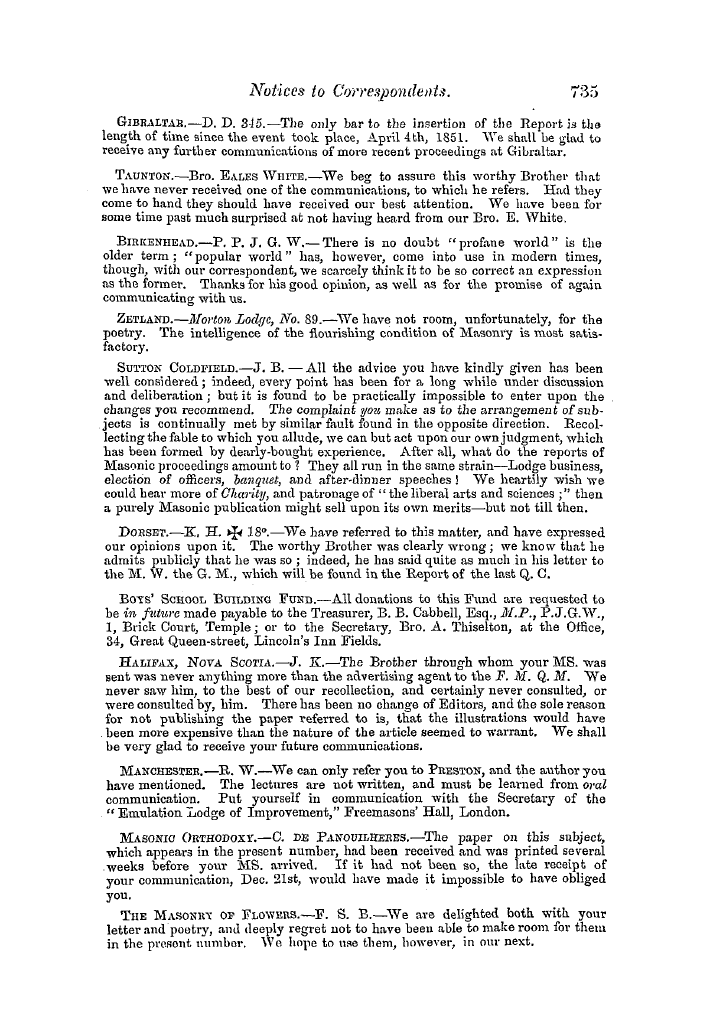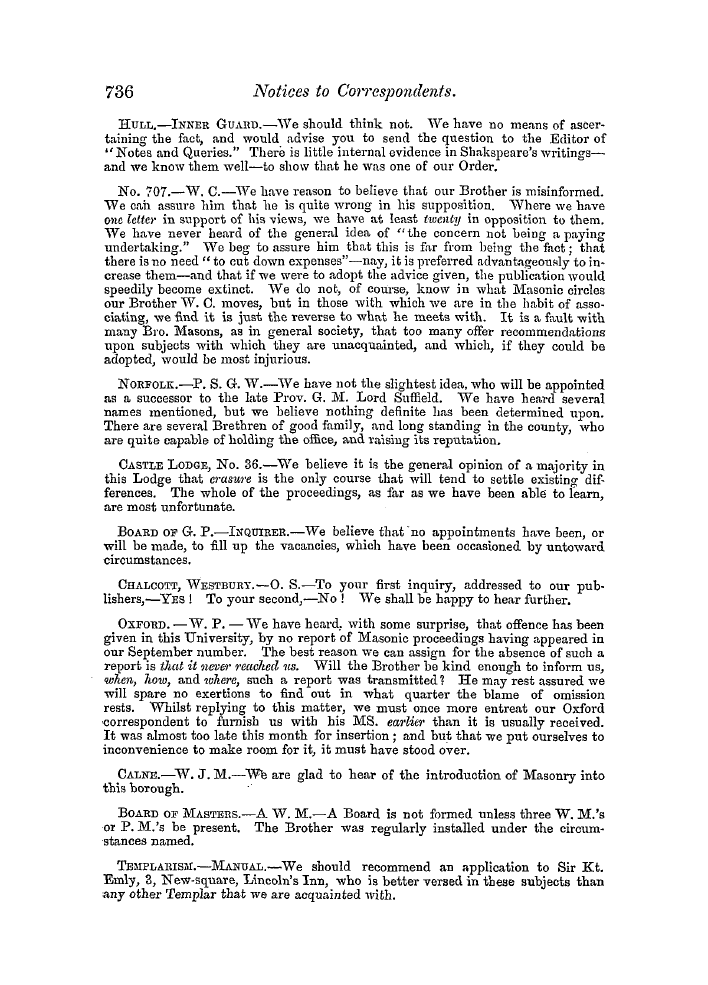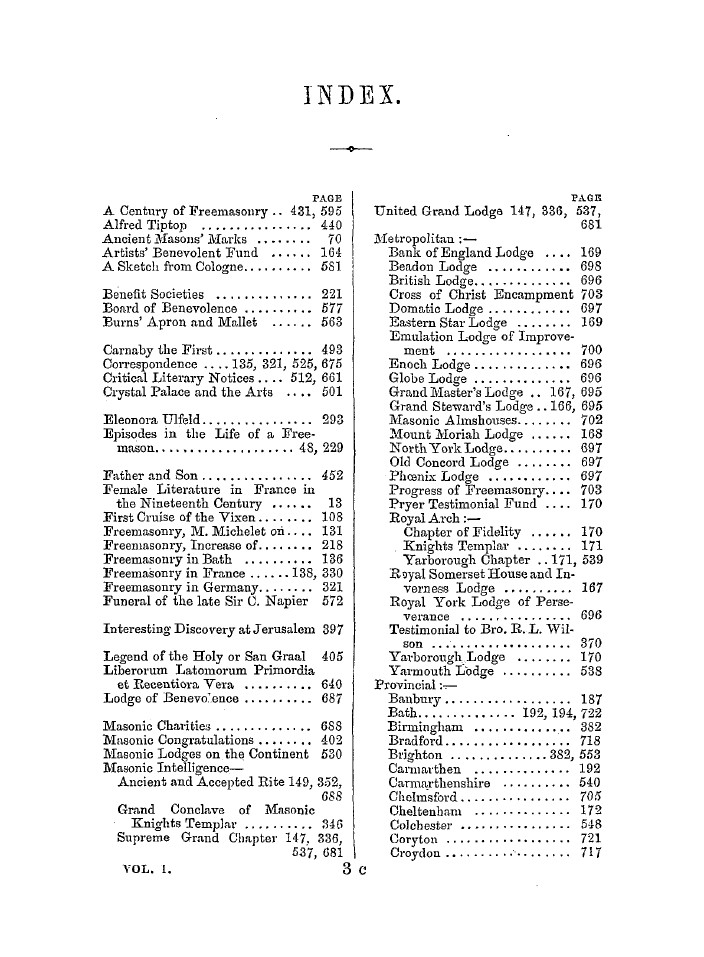Note: This text has been automatically extracted via Optical Character Recognition (OCR) software.
Liberorum Latomorum Primordia Et Recentiora Vera.
tleman that two remarkable Mithriatic cavern-temples were exhumed at Heddernheim , a military station on the ivall near Frankfort , and that the curious altars and symbols , all relating to the unconquered god there discoi'ered , were preserved ancl fittingly placed in the Museum at Wiesbaden ; their full descriptionAvith engraA'ingsis given by him in " Annalen des
, , Nassauer Vereins , " & c , Ister Bund , 2 tes Heft , p . 189 . Not very far from this spot , but also on the wall , another temple equally curious , but with differing symbols , was discovered at Ladenburg , which has exercised the pen and the ingenuity of the great mythologist Creuzer , Across the Donau we find similar places , dedicated to secret and symbolic worship , at Mauls
on the Tyrol , at Petronell or Carnuntum , near Vienna ; the latter most probably , like that at Antium , a naval Lodge , as the station of all the Roman galleys on the Donau was fixed there . The Mithriatic monuments in Hungary would almost of themselves give the direction of the wall to its eastern terminus on the Euxinedid not the existing Castra point out the spot where
, it must be looked for , when , the Austrian antiquaries may think proper to take up the subject ; and there , and along the entirety of the great work , much Avould be discovered of a religious and mythical , as well as strategical character , giving a connection
with our own wall , ancl with very many important analogous secrets to the Royal Craft . The importance of this subject to the knowledge of ancient mysteries , and through them possibly of more modern hidden rites , must form the apology for a digression which , though longer than intended , touches only a very few points of the subject .
After this very succinct , and therefore far from perfect account of the general contents of M . Ragon ' s book , we add , as we have already said , a few remarks upon what ive consider its most important topic , and what in a more especial manner concerns the interest of Craftsmen and the Craft , in stating the true origin of our Order , without being led to seek for it a
factitious glory in a high or the highest antiquity ; or to claim for speculative Masons those acts and performances that belong to a different association , whose name and emblems were taken by mere accident , and for conventional reasons of the moment , as we shall soon make apparent . If our society be laudable in its aimjust in its principlesand pure in its
prac-, , tice , antiquity could add little brilliancy to its virtues ; the halo of charity and brotherly love will shine as bright upon the head of the votary of to-day , and with the same lustre , as if it had been ignited tens of centuries previously . The reveries of an antiquitv , reaching almost bevond historic
Note: This text has been automatically extracted via Optical Character Recognition (OCR) software.
Liberorum Latomorum Primordia Et Recentiora Vera.
tleman that two remarkable Mithriatic cavern-temples were exhumed at Heddernheim , a military station on the ivall near Frankfort , and that the curious altars and symbols , all relating to the unconquered god there discoi'ered , were preserved ancl fittingly placed in the Museum at Wiesbaden ; their full descriptionAvith engraA'ingsis given by him in " Annalen des
, , Nassauer Vereins , " & c , Ister Bund , 2 tes Heft , p . 189 . Not very far from this spot , but also on the wall , another temple equally curious , but with differing symbols , was discovered at Ladenburg , which has exercised the pen and the ingenuity of the great mythologist Creuzer , Across the Donau we find similar places , dedicated to secret and symbolic worship , at Mauls
on the Tyrol , at Petronell or Carnuntum , near Vienna ; the latter most probably , like that at Antium , a naval Lodge , as the station of all the Roman galleys on the Donau was fixed there . The Mithriatic monuments in Hungary would almost of themselves give the direction of the wall to its eastern terminus on the Euxinedid not the existing Castra point out the spot where
, it must be looked for , when , the Austrian antiquaries may think proper to take up the subject ; and there , and along the entirety of the great work , much Avould be discovered of a religious and mythical , as well as strategical character , giving a connection
with our own wall , ancl with very many important analogous secrets to the Royal Craft . The importance of this subject to the knowledge of ancient mysteries , and through them possibly of more modern hidden rites , must form the apology for a digression which , though longer than intended , touches only a very few points of the subject .
After this very succinct , and therefore far from perfect account of the general contents of M . Ragon ' s book , we add , as we have already said , a few remarks upon what ive consider its most important topic , and what in a more especial manner concerns the interest of Craftsmen and the Craft , in stating the true origin of our Order , without being led to seek for it a
factitious glory in a high or the highest antiquity ; or to claim for speculative Masons those acts and performances that belong to a different association , whose name and emblems were taken by mere accident , and for conventional reasons of the moment , as we shall soon make apparent . If our society be laudable in its aimjust in its principlesand pure in its
prac-, , tice , antiquity could add little brilliancy to its virtues ; the halo of charity and brotherly love will shine as bright upon the head of the votary of to-day , and with the same lustre , as if it had been ignited tens of centuries previously . The reveries of an antiquitv , reaching almost bevond historic
































































